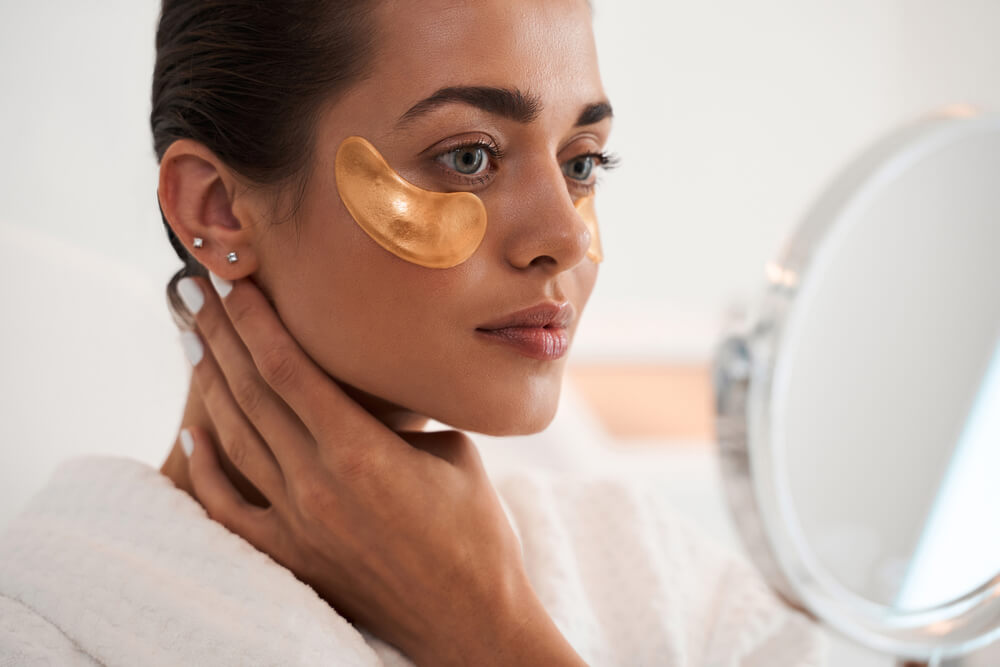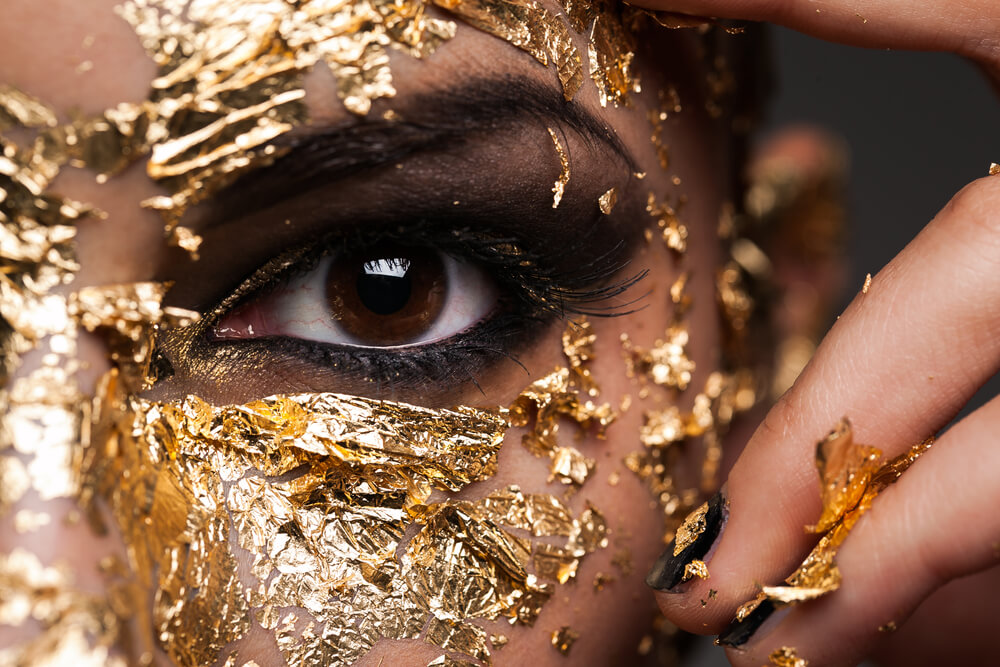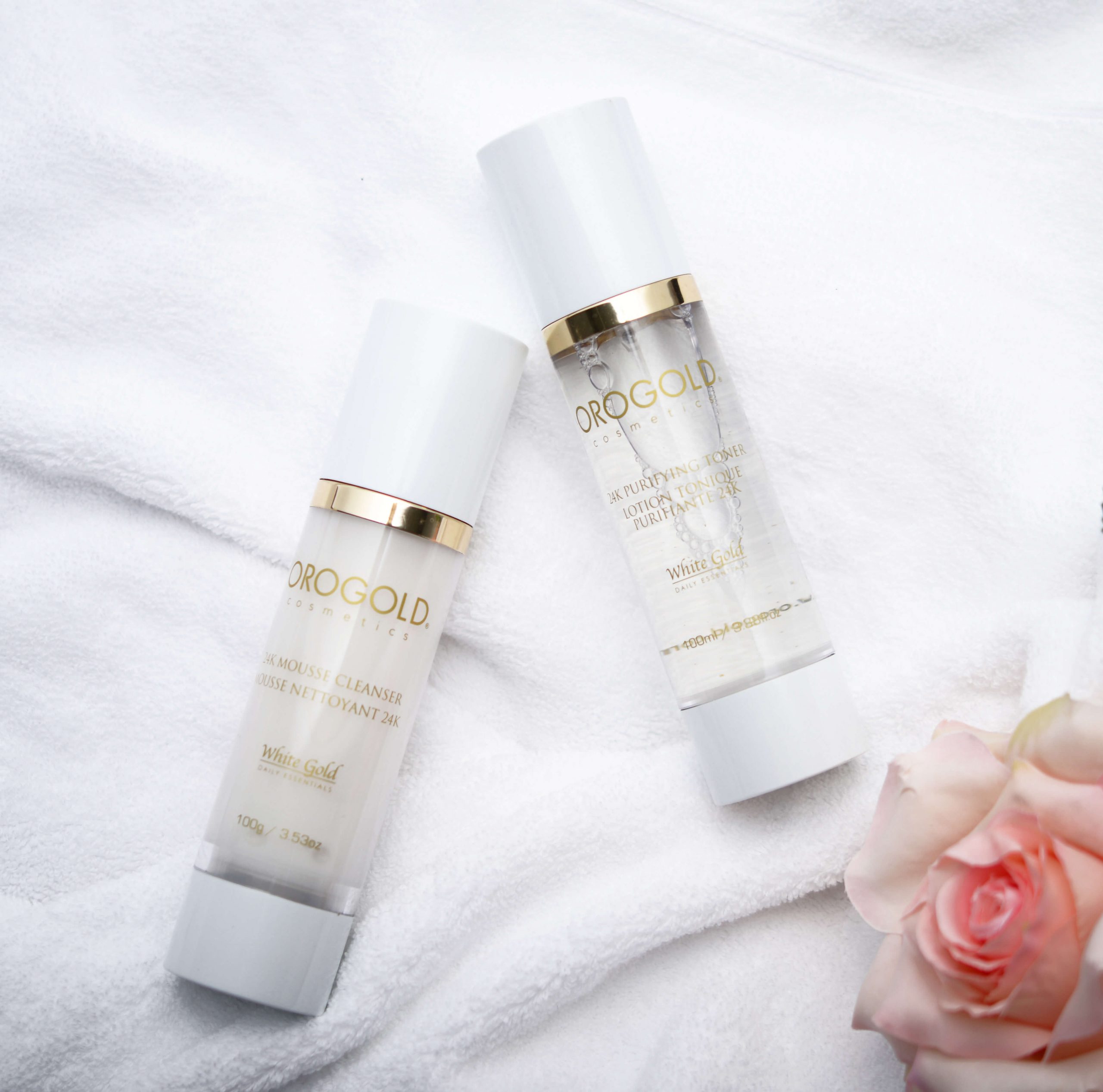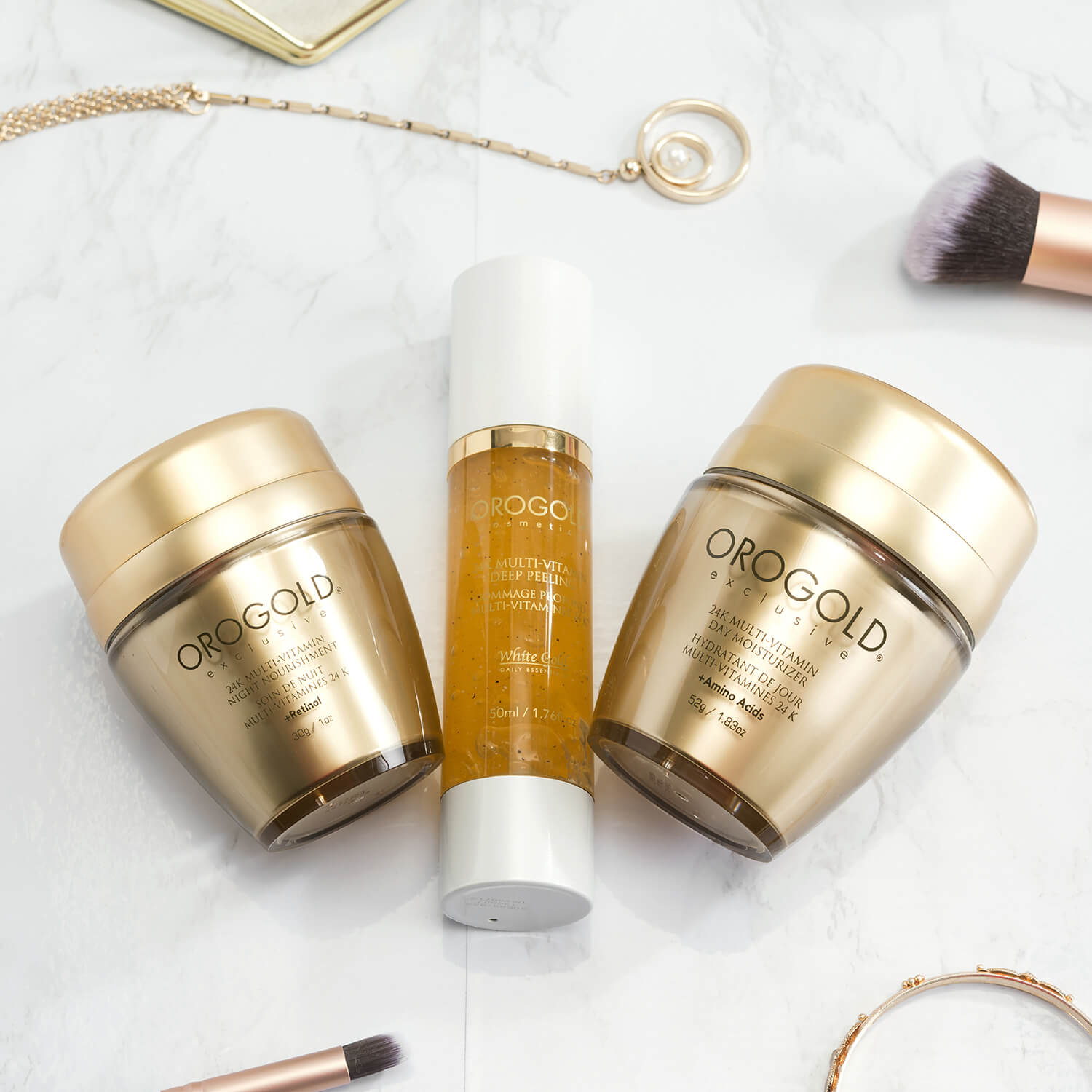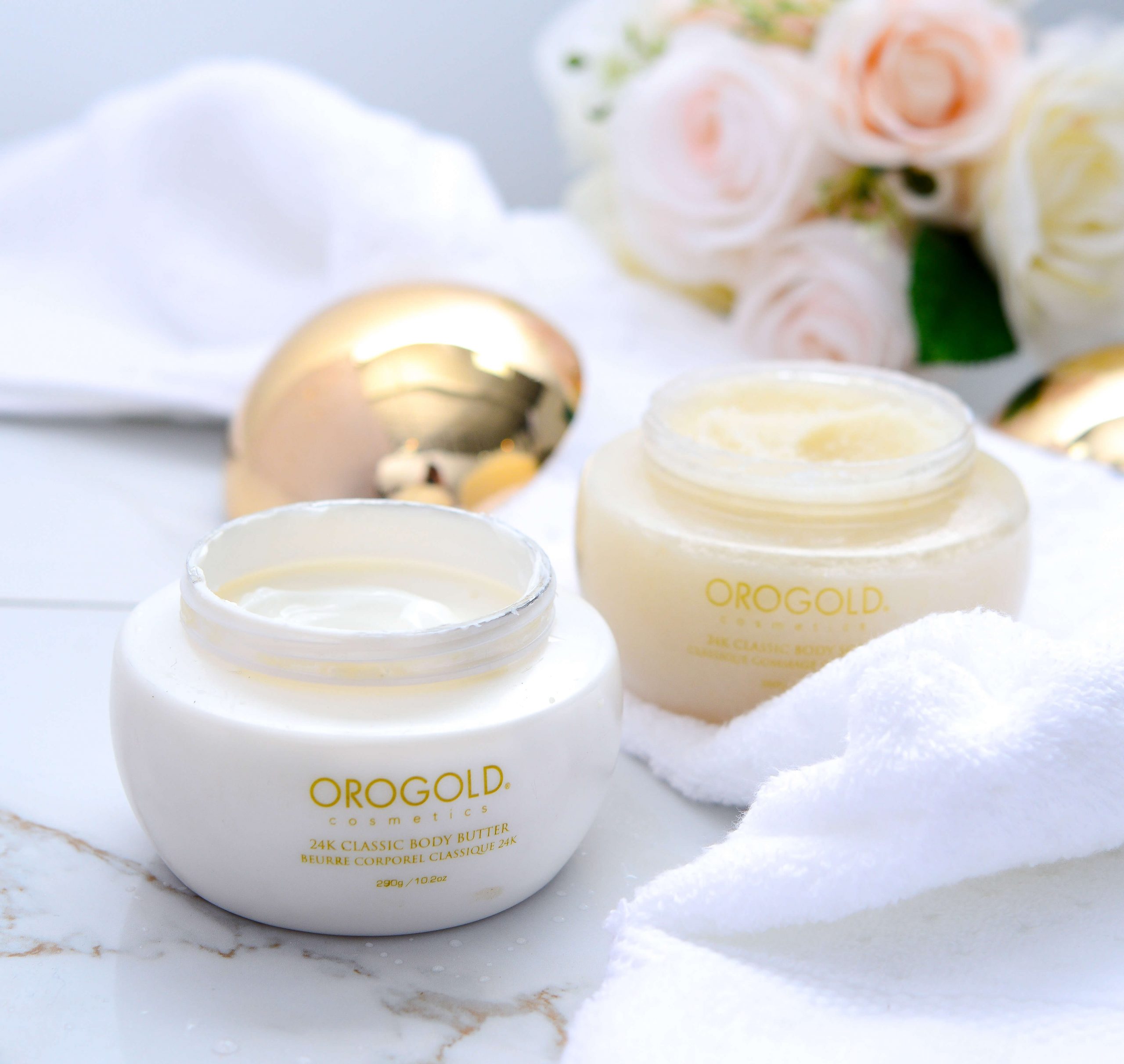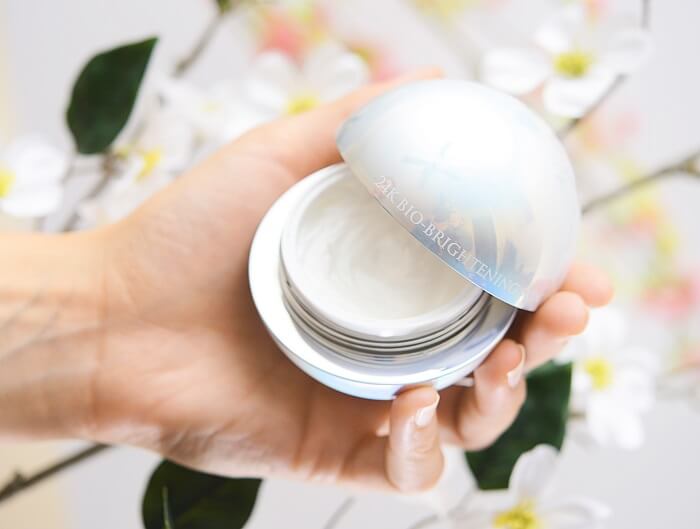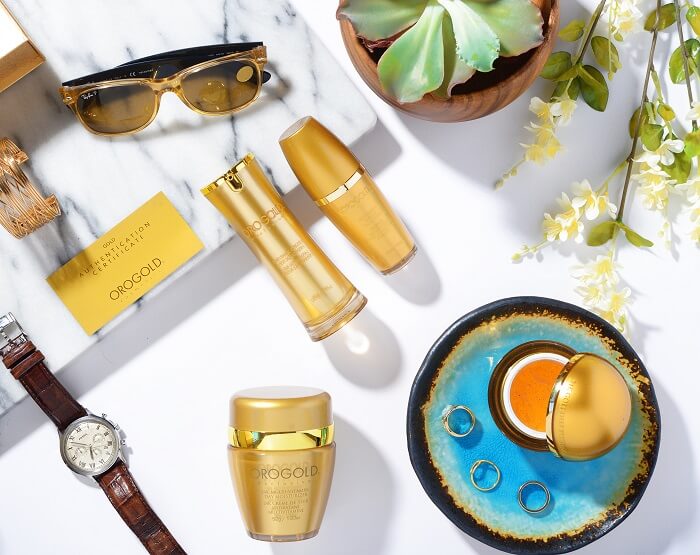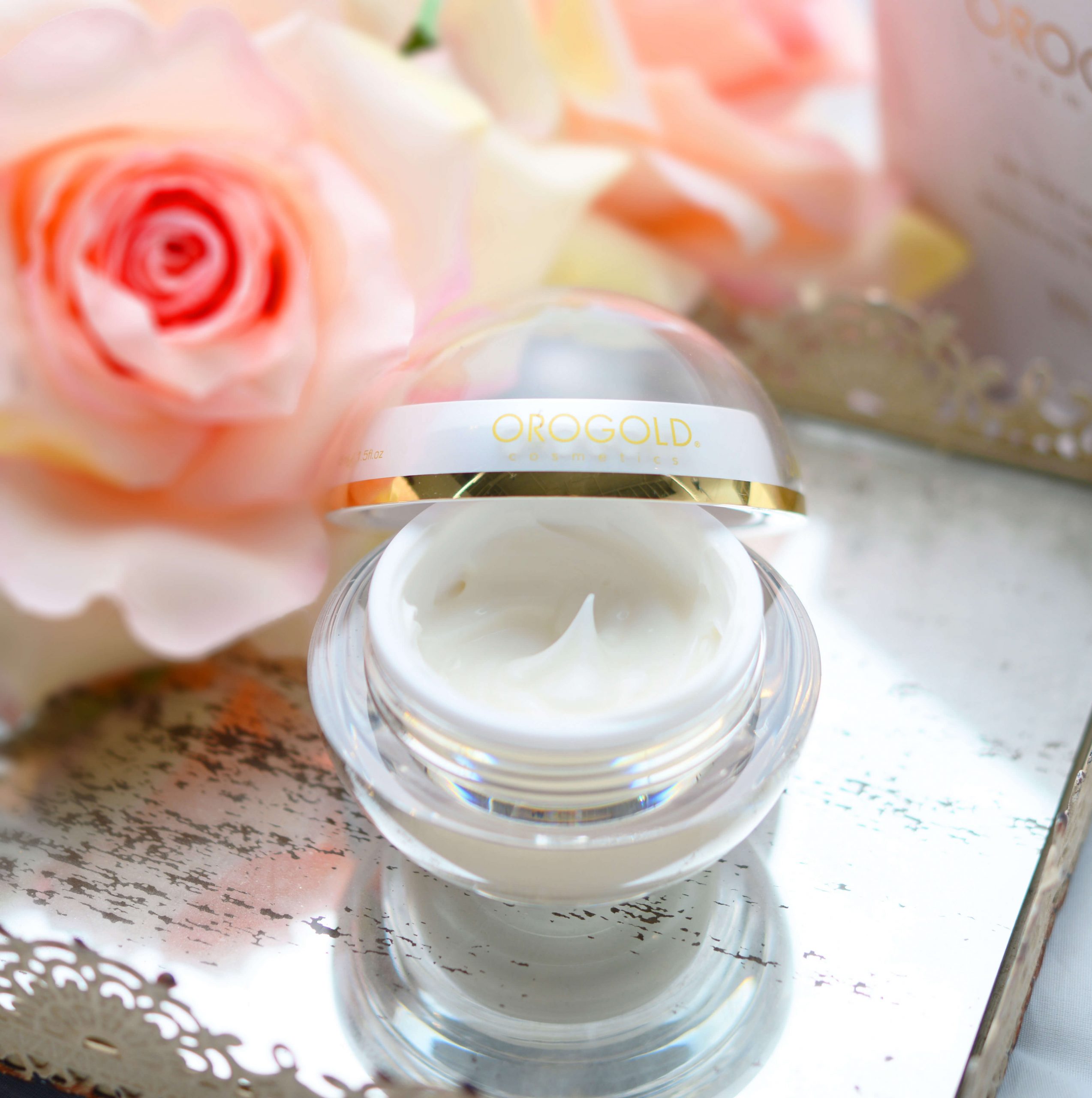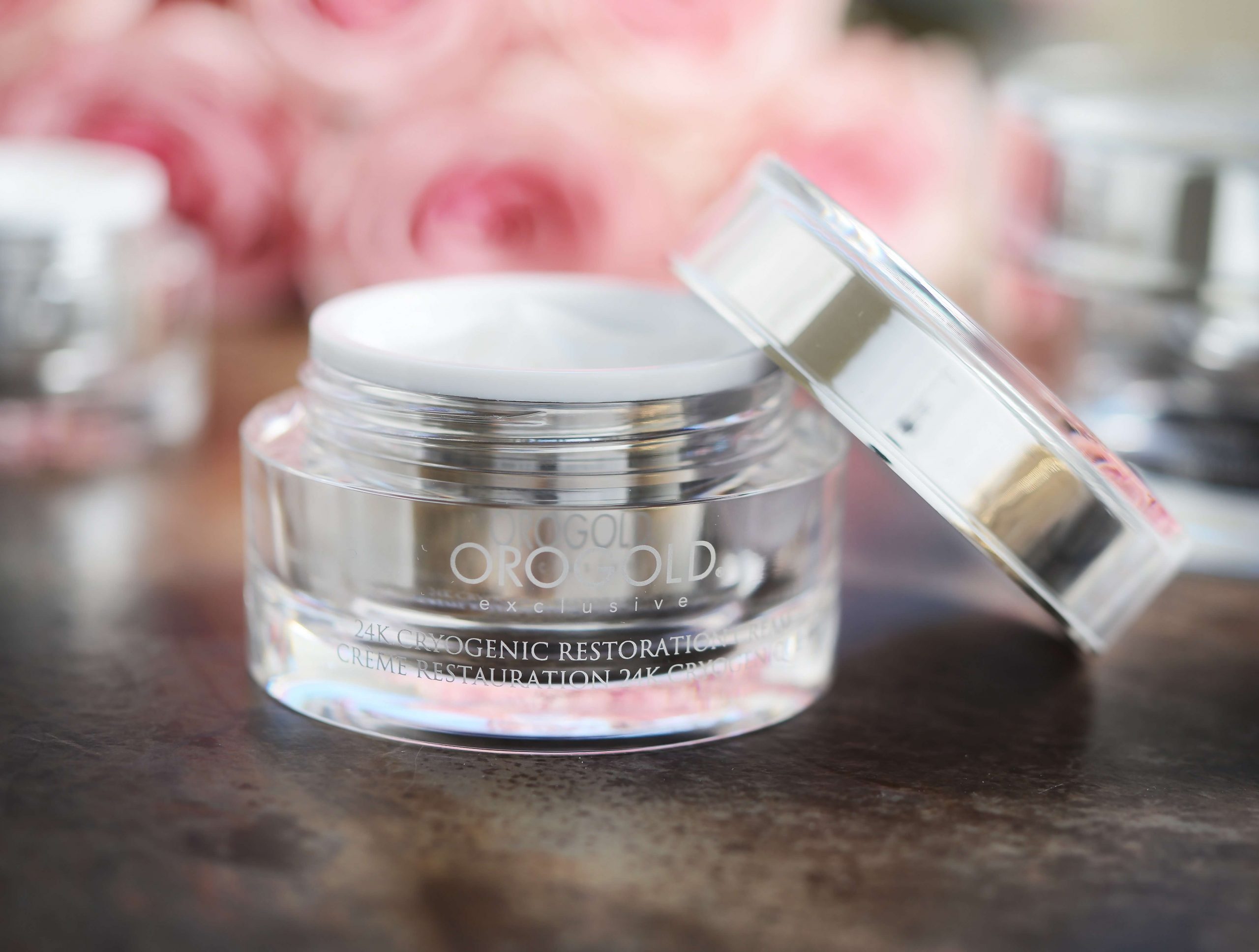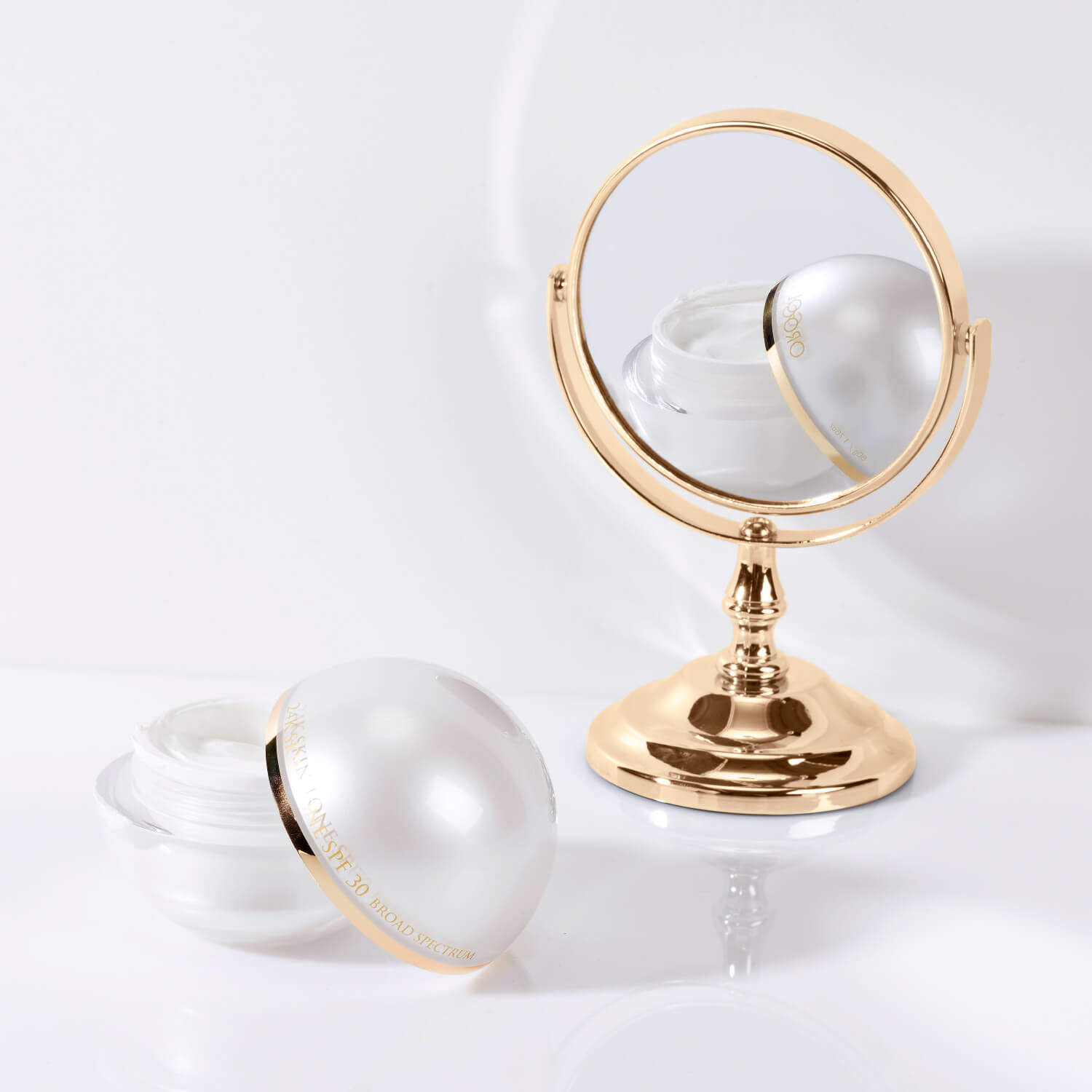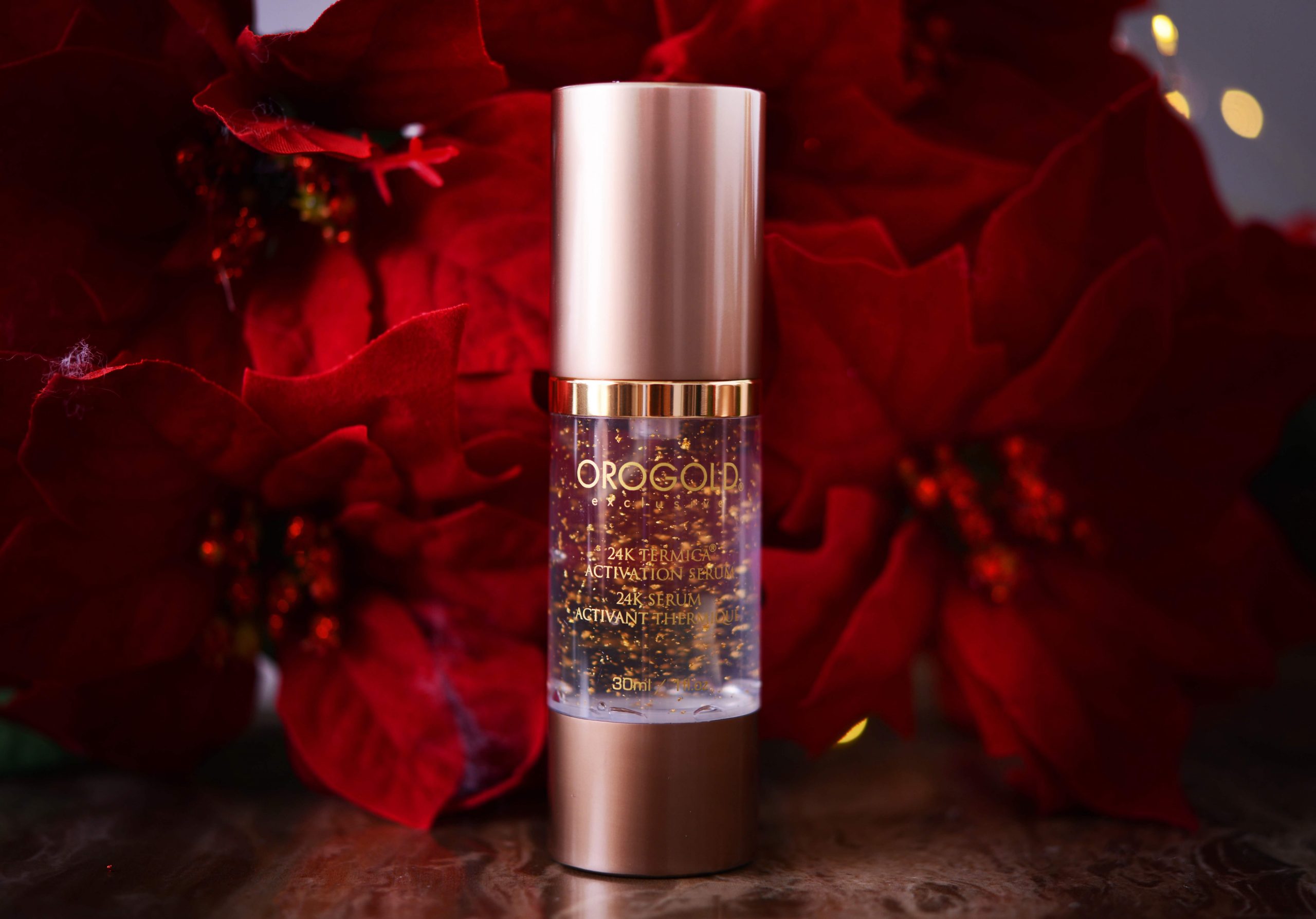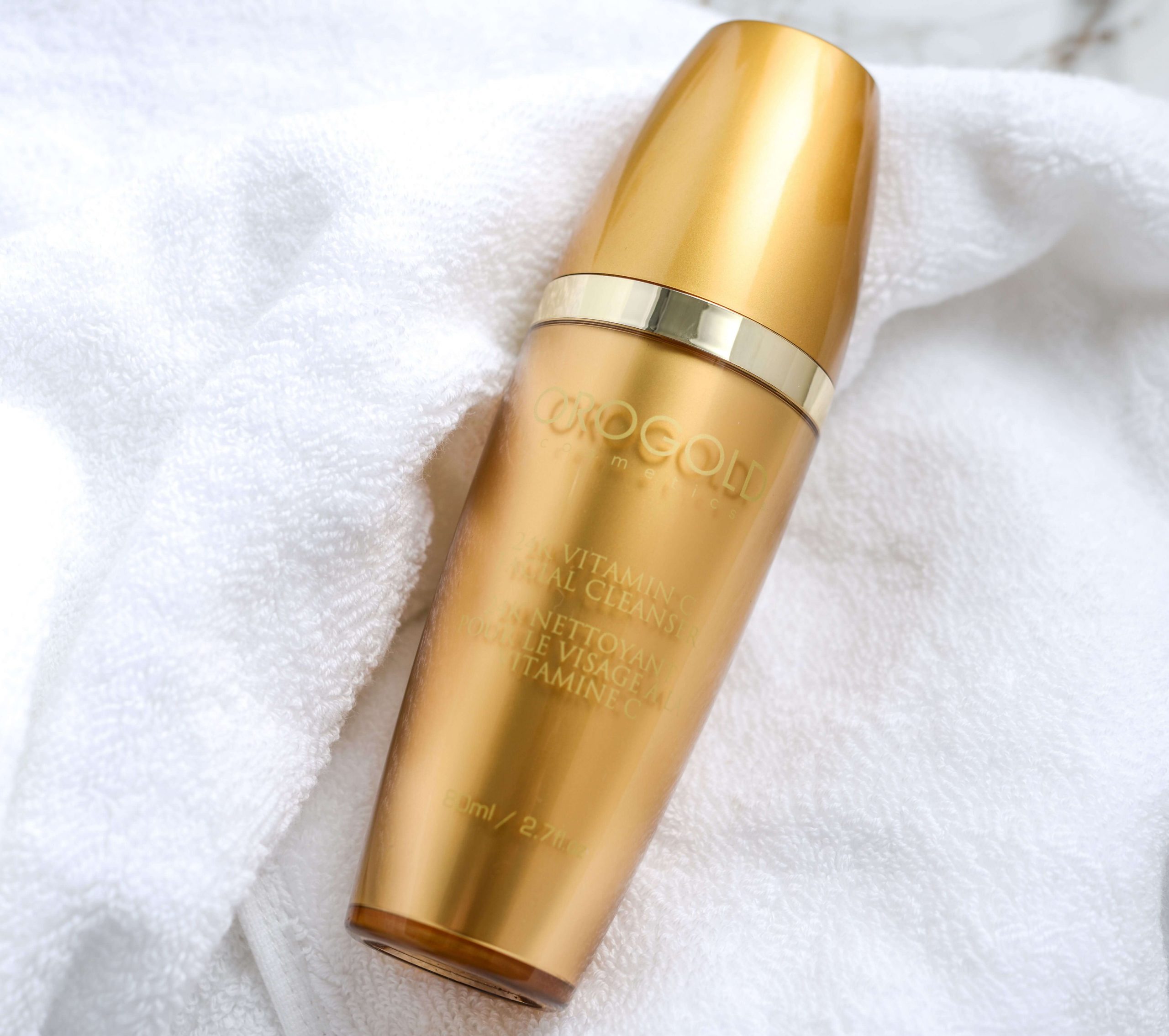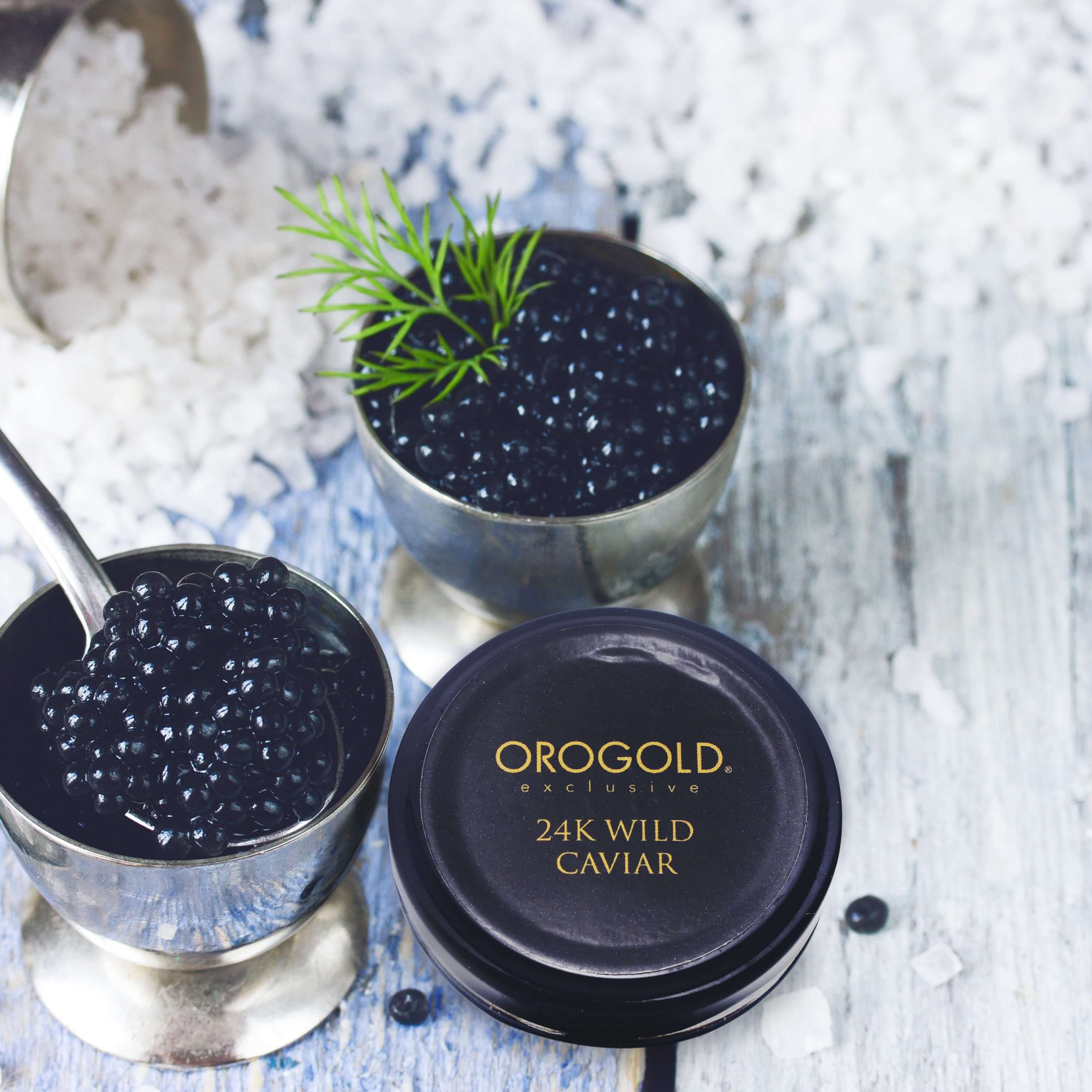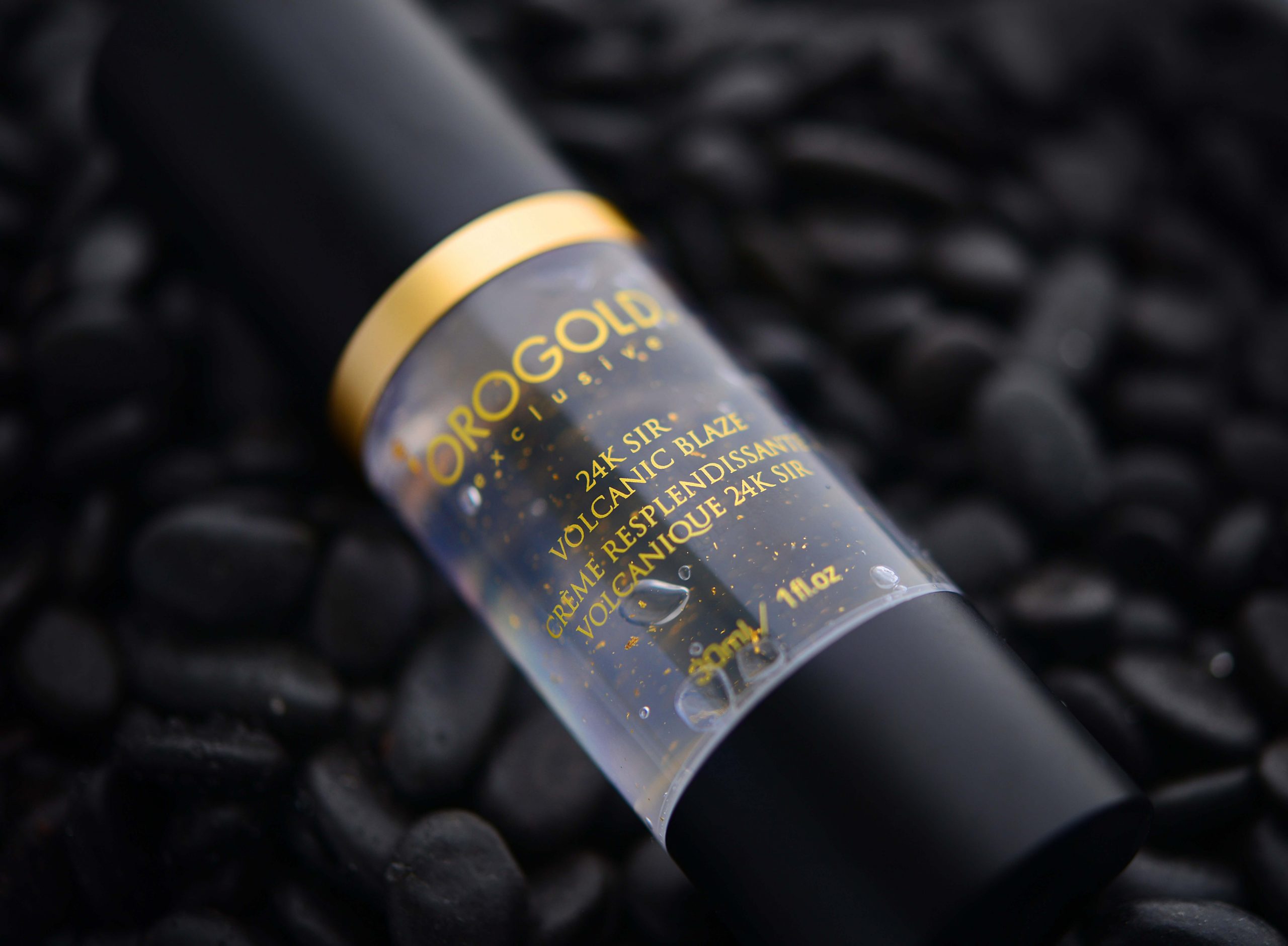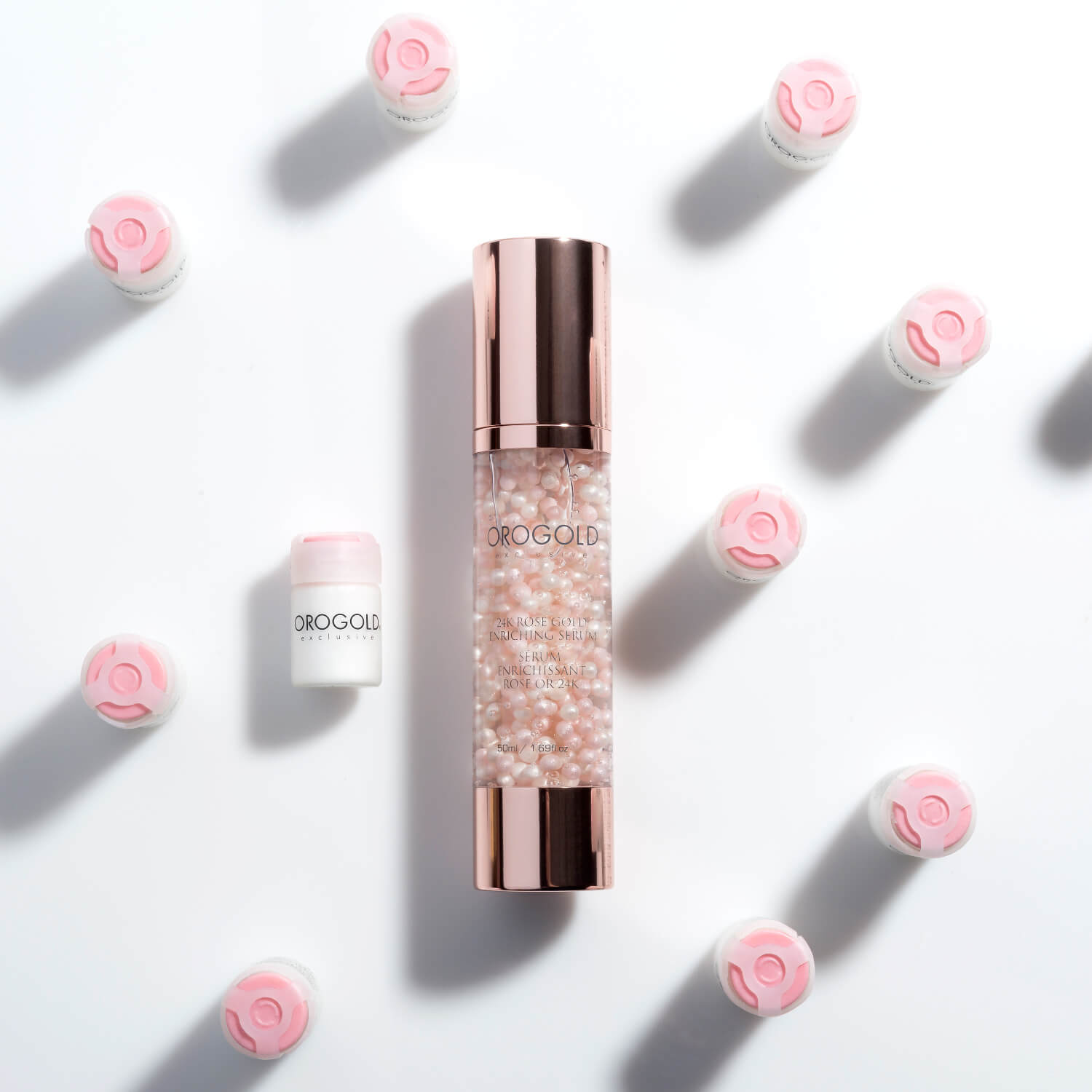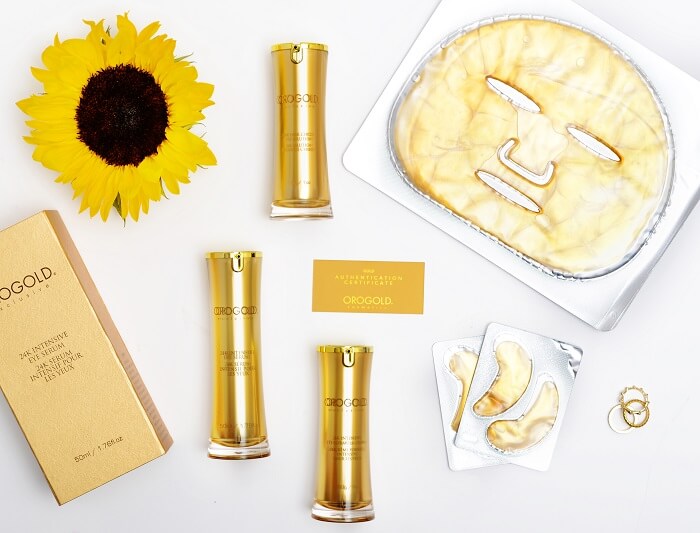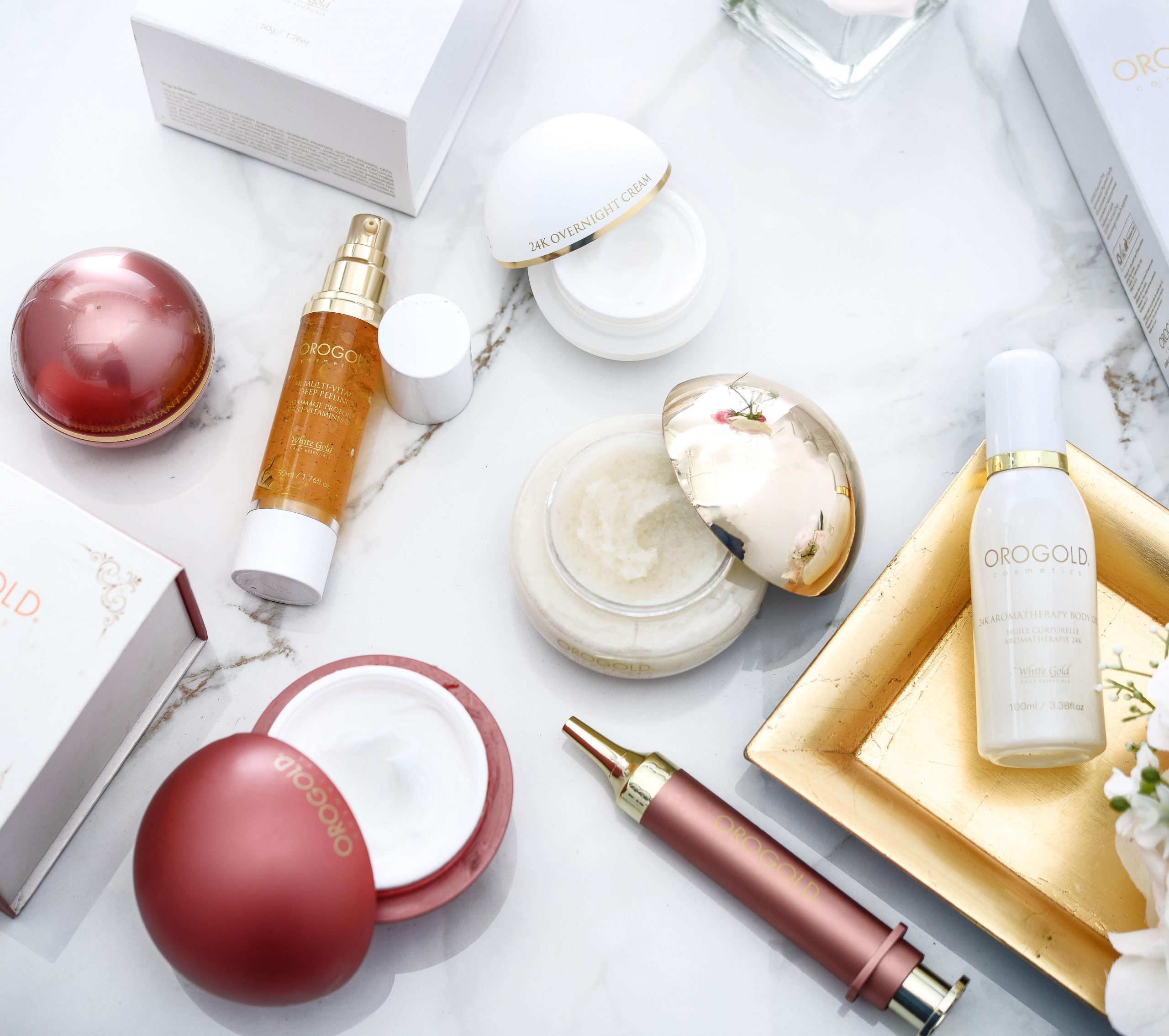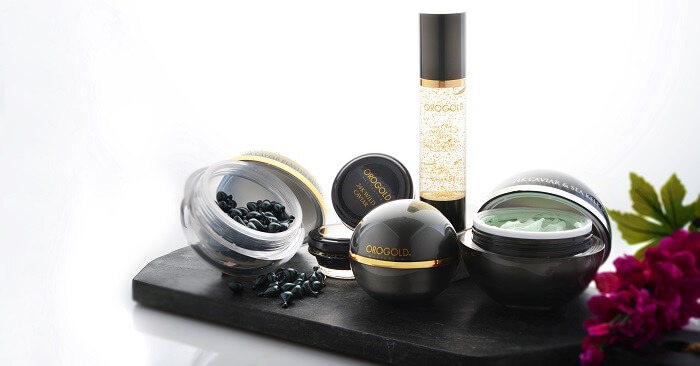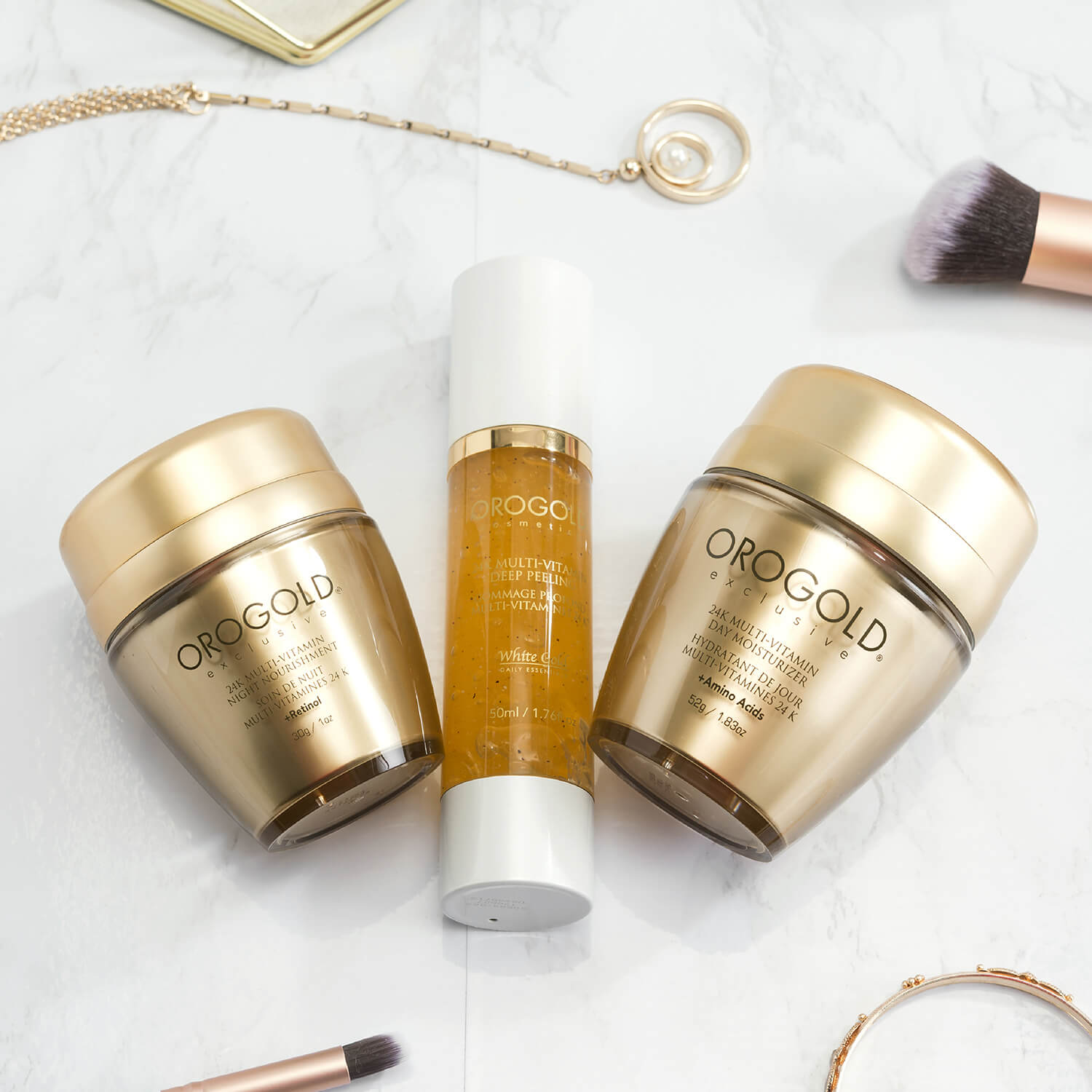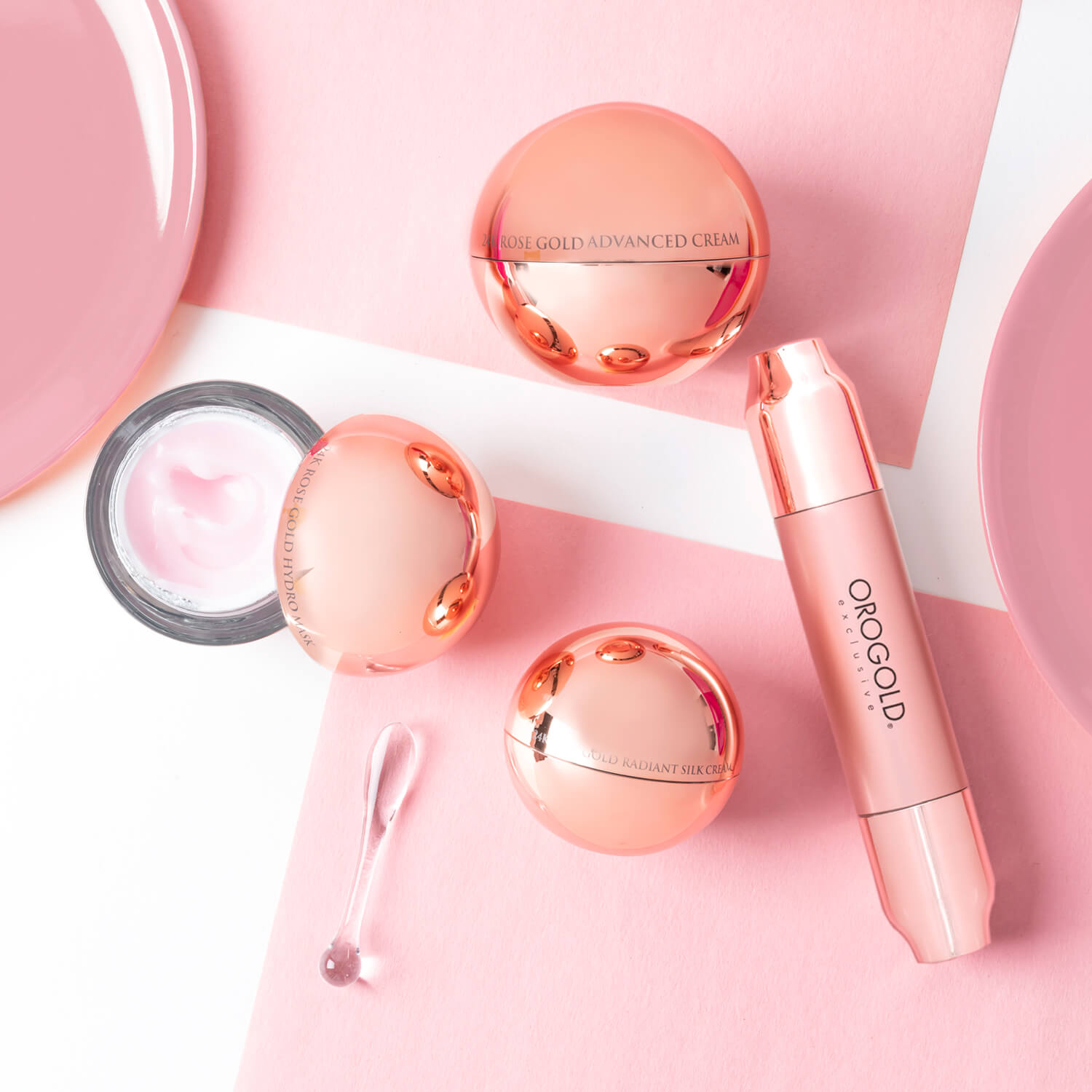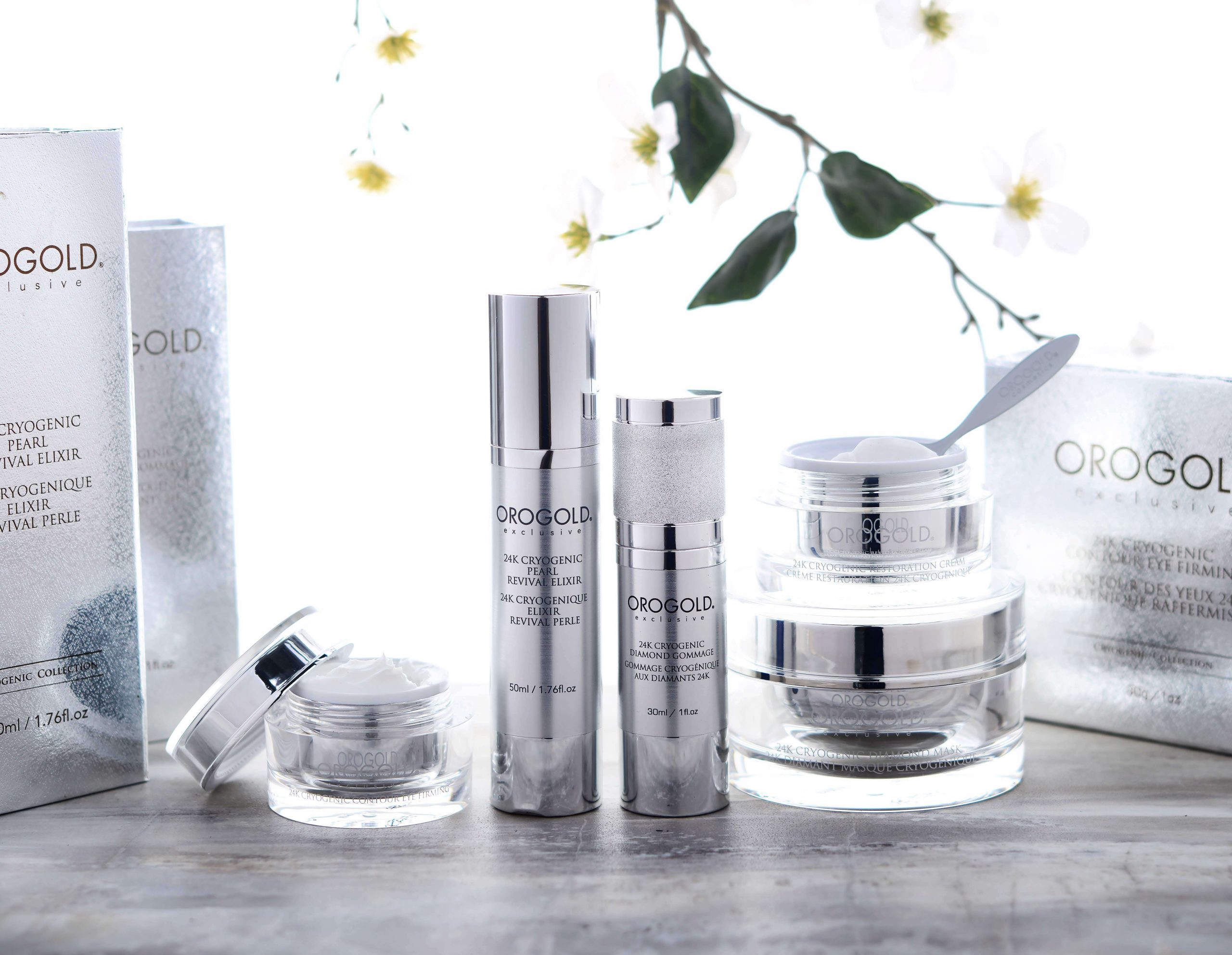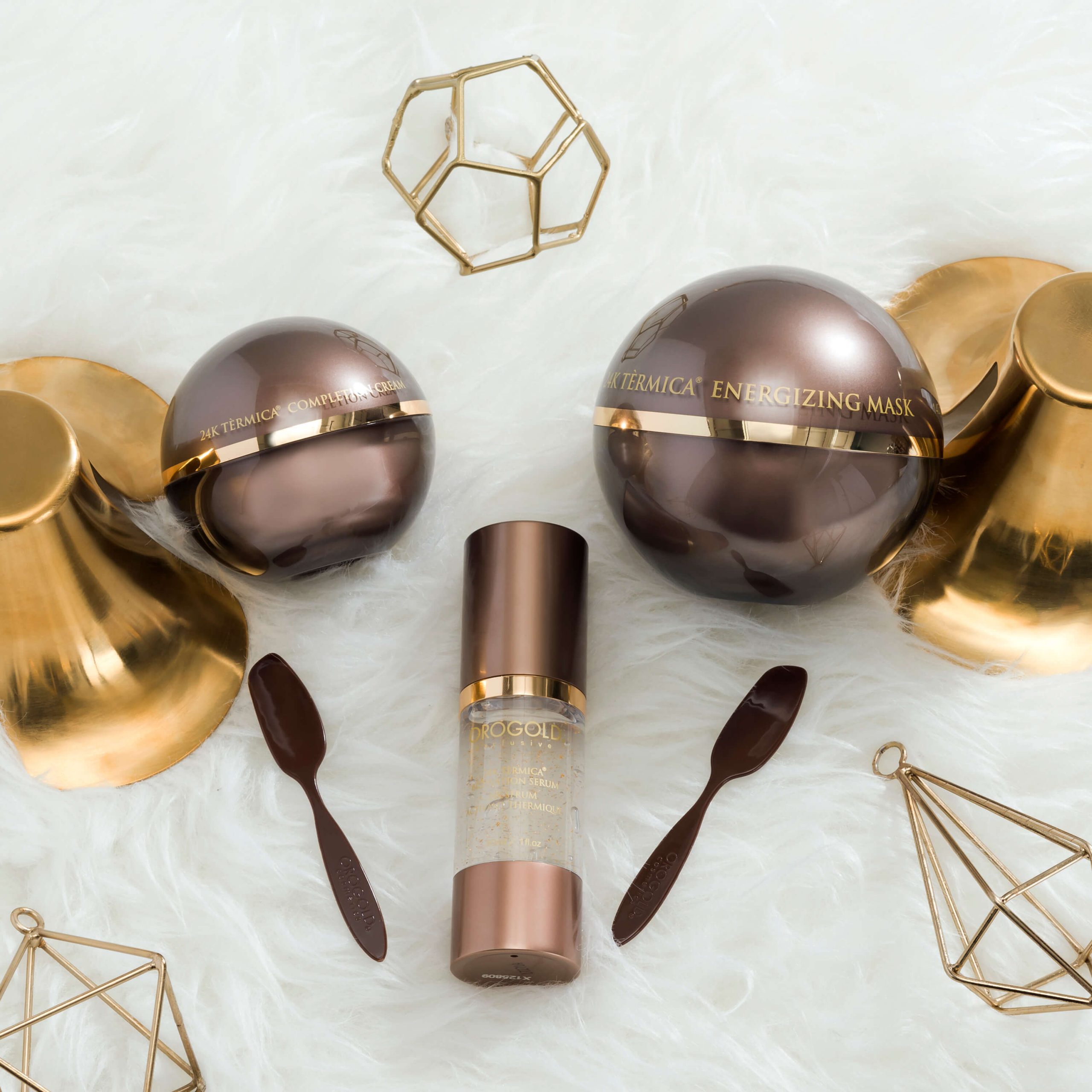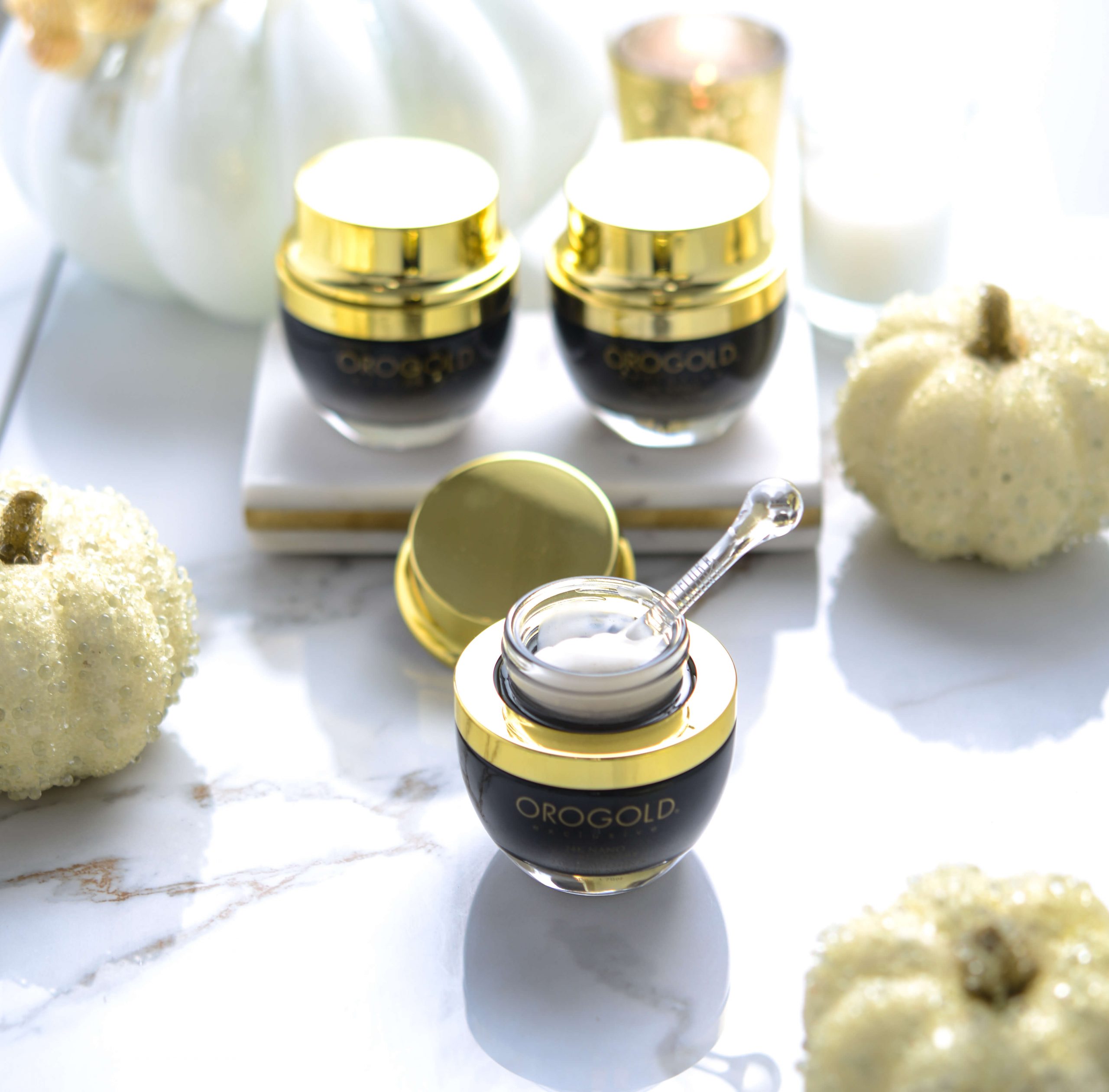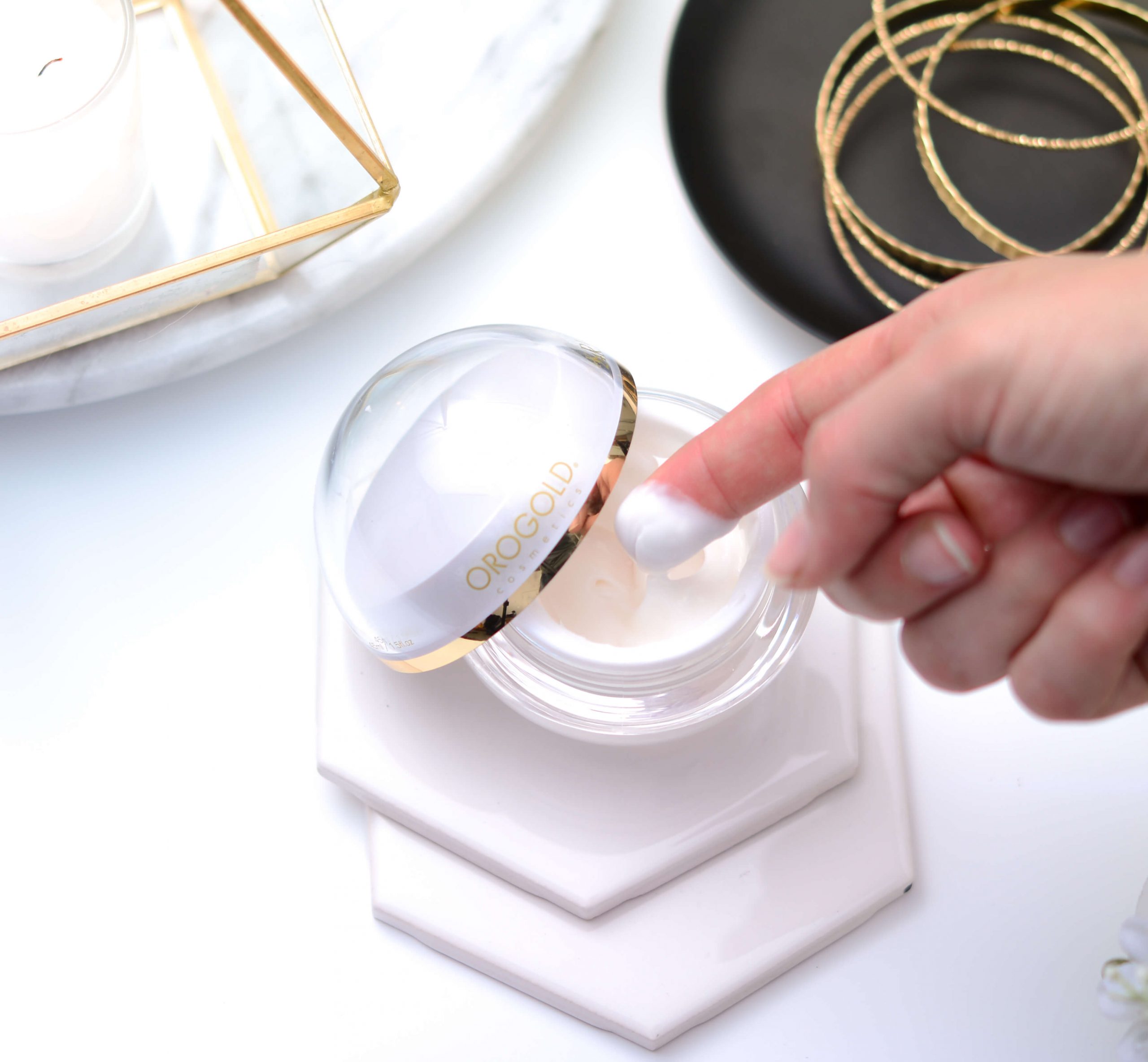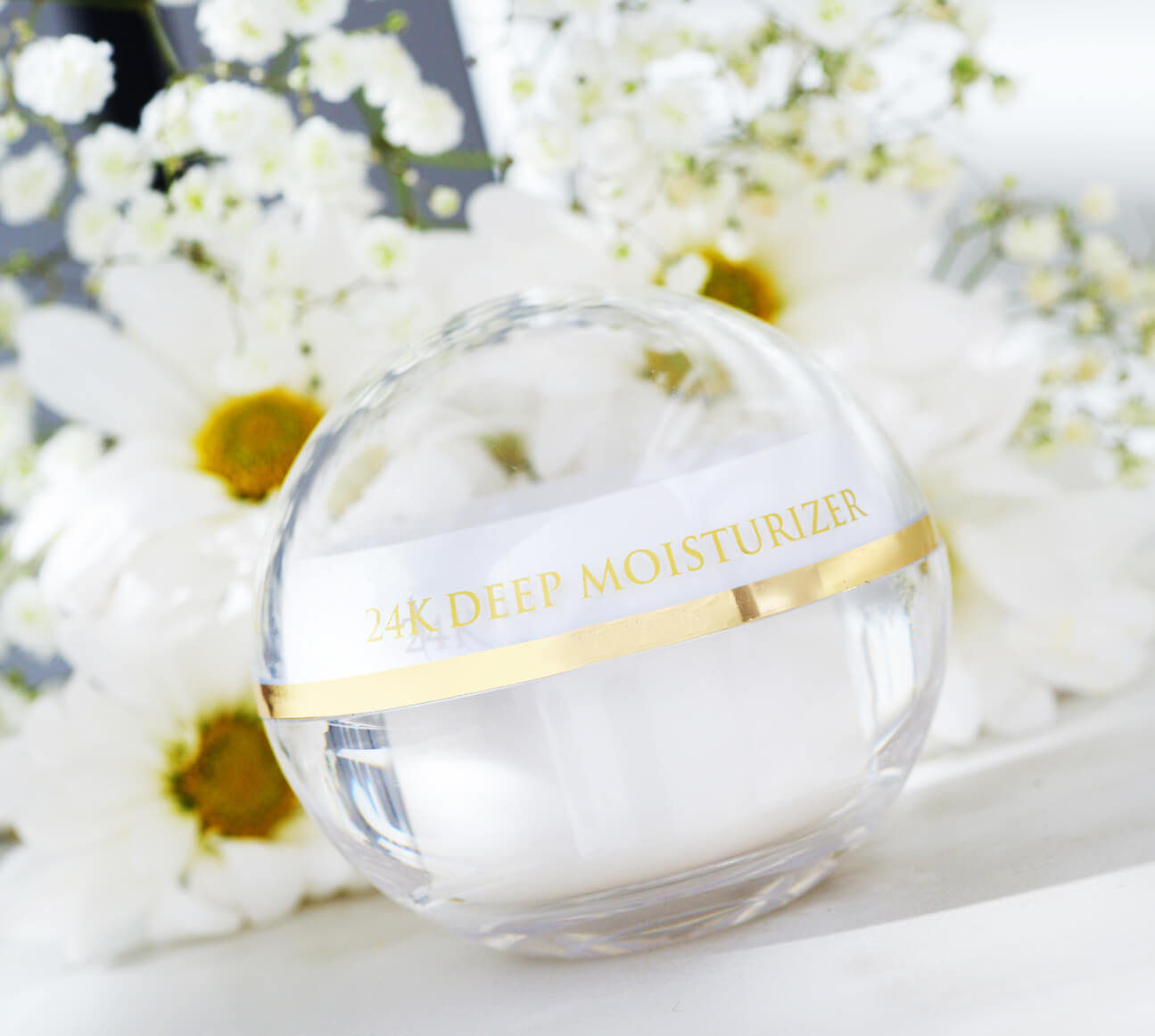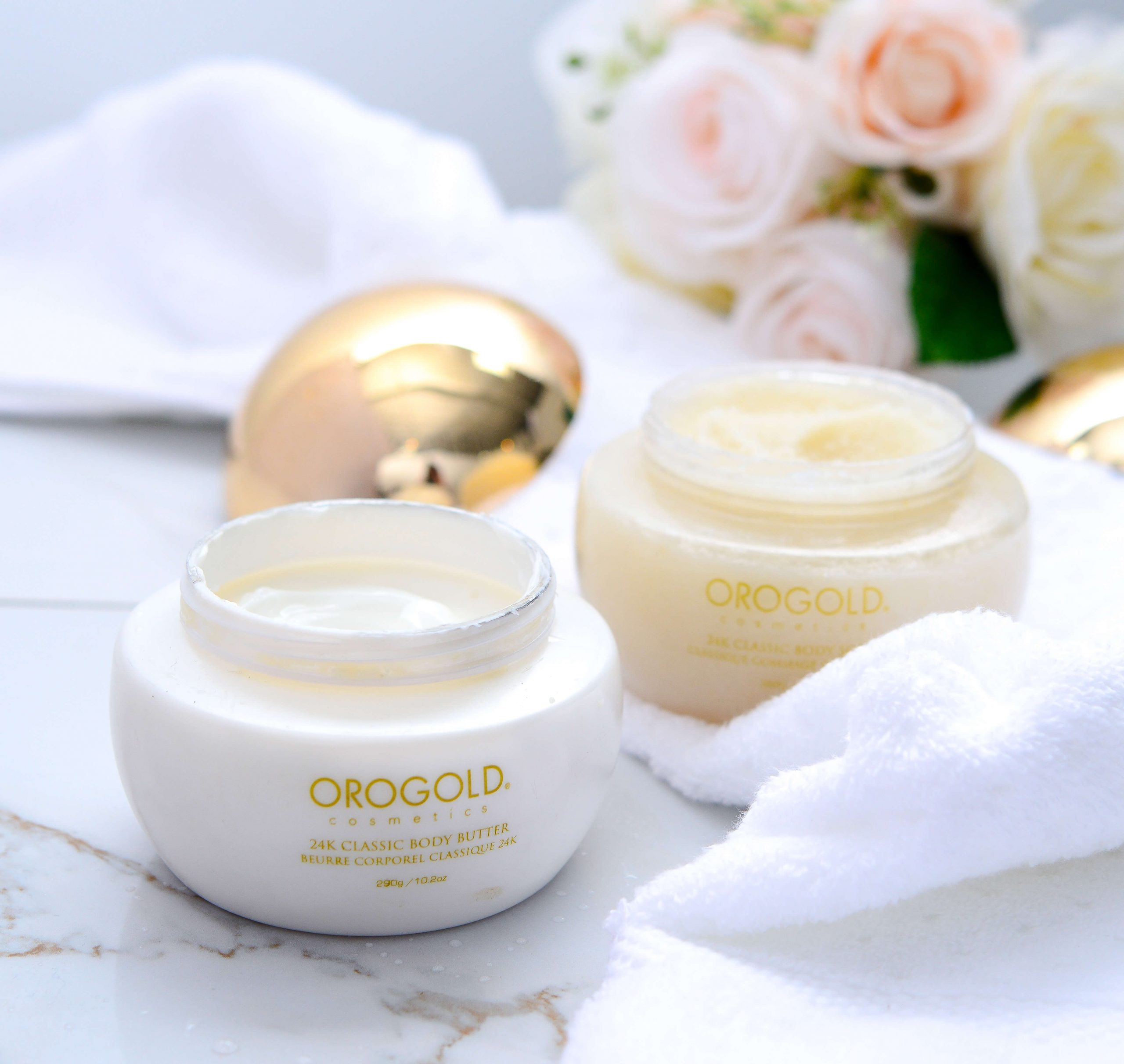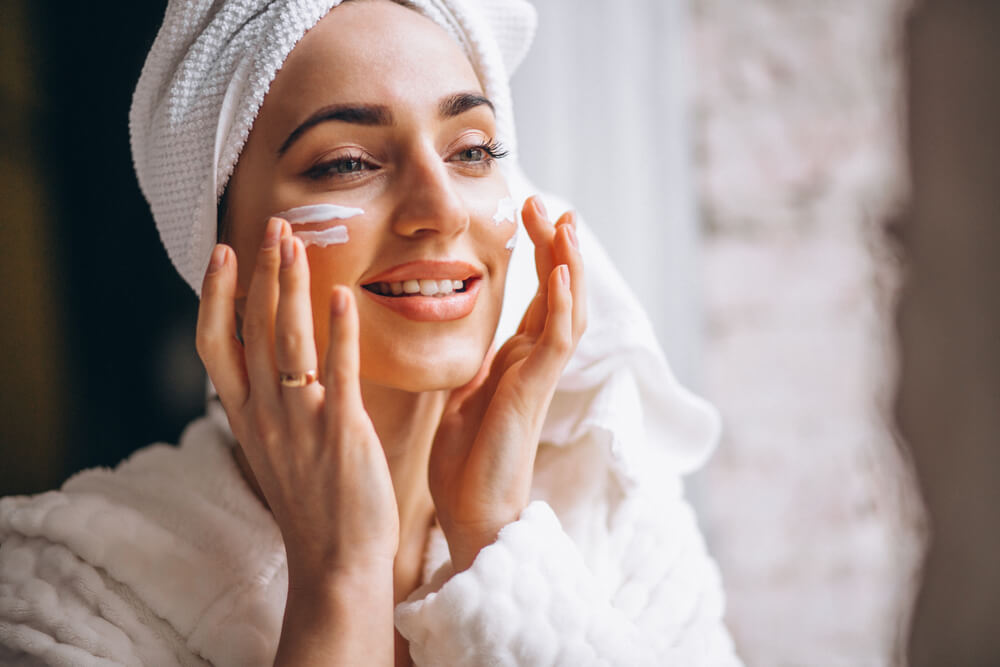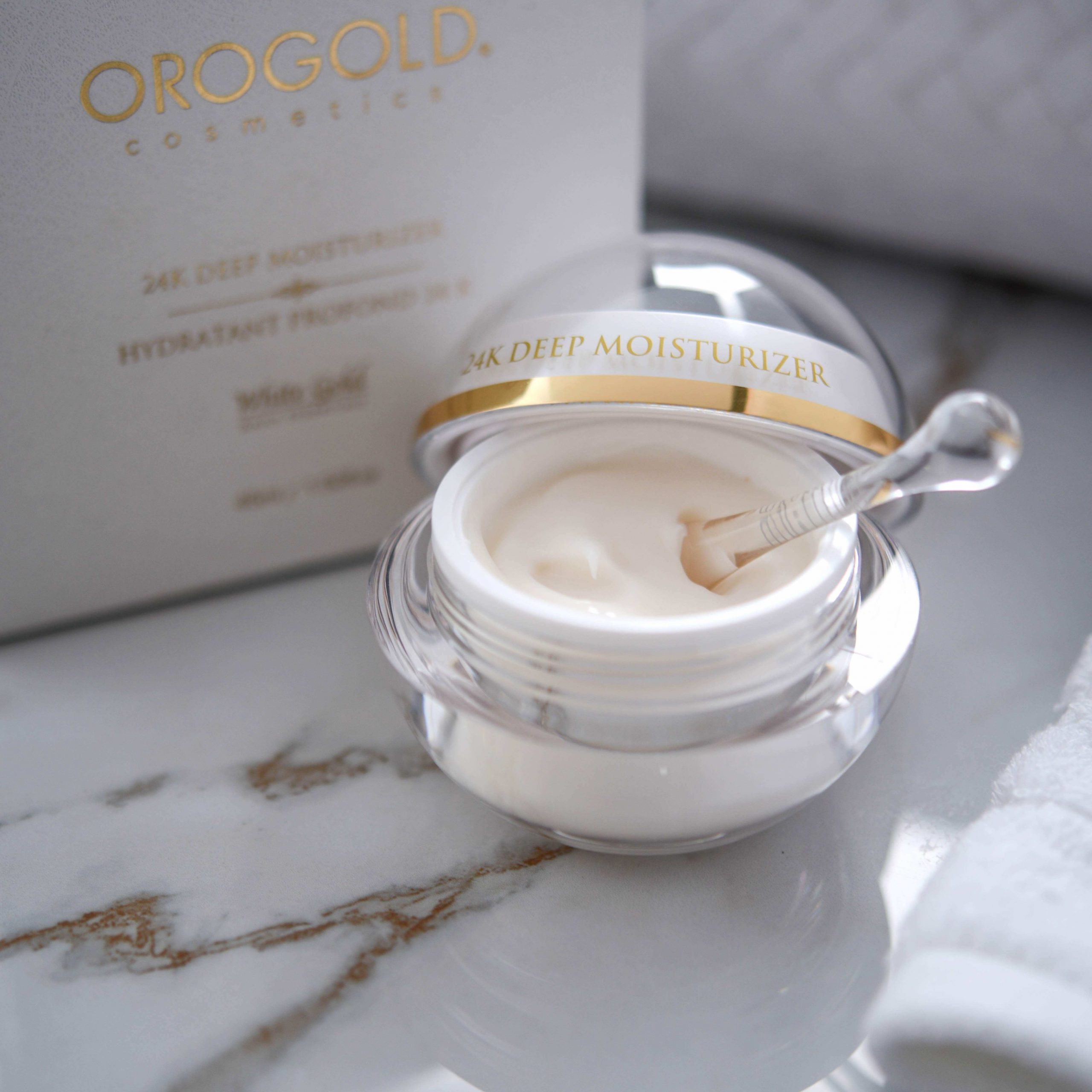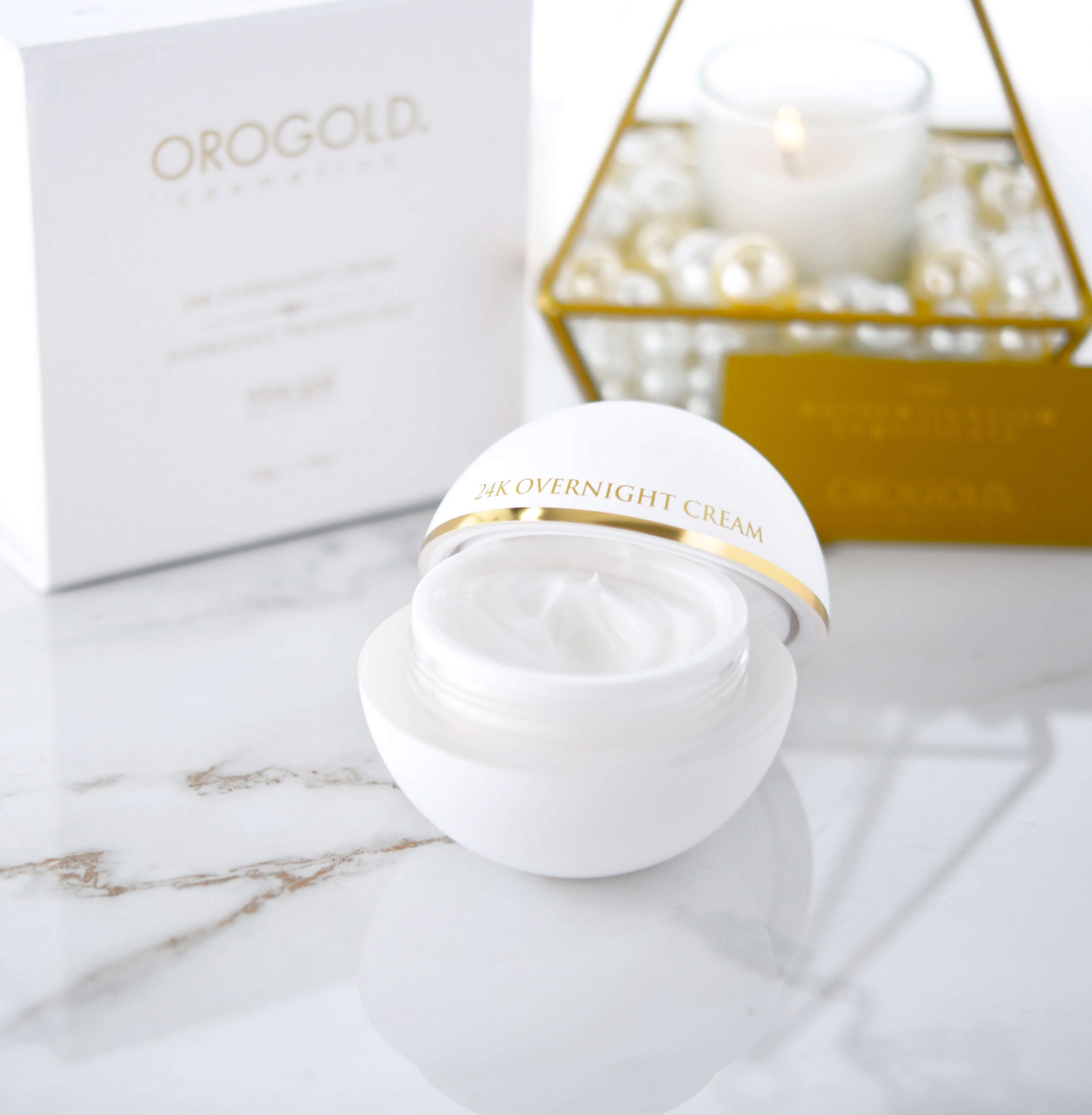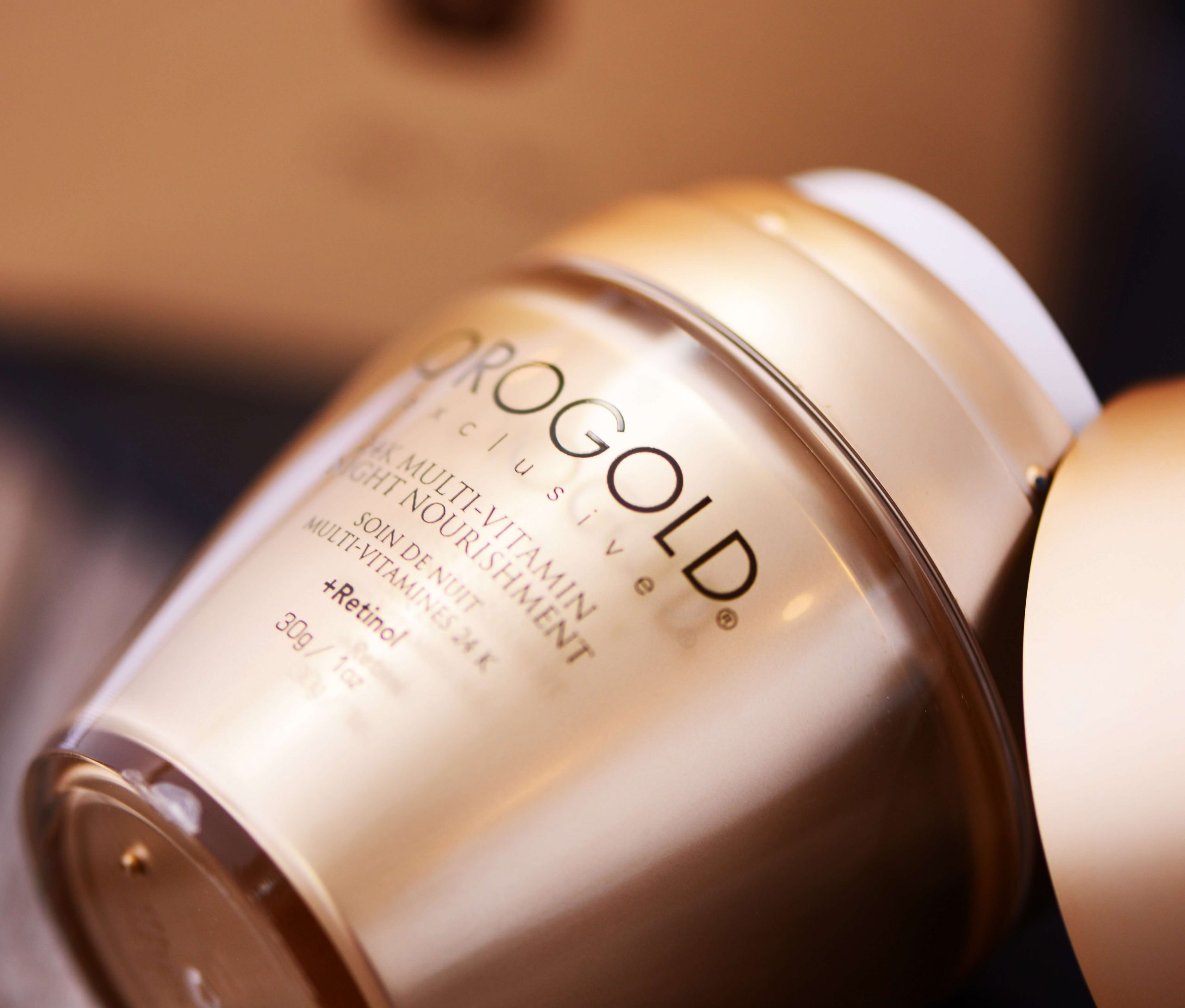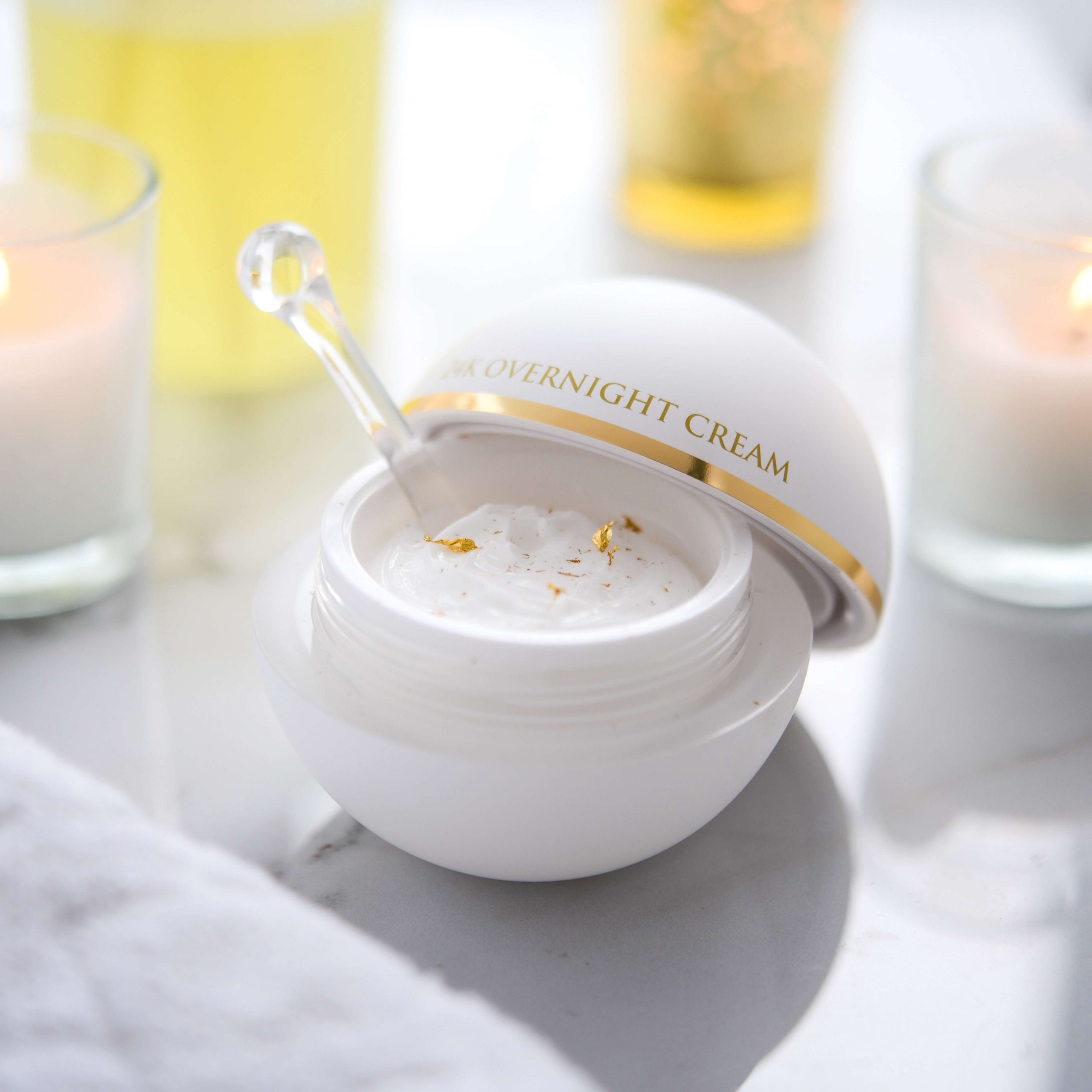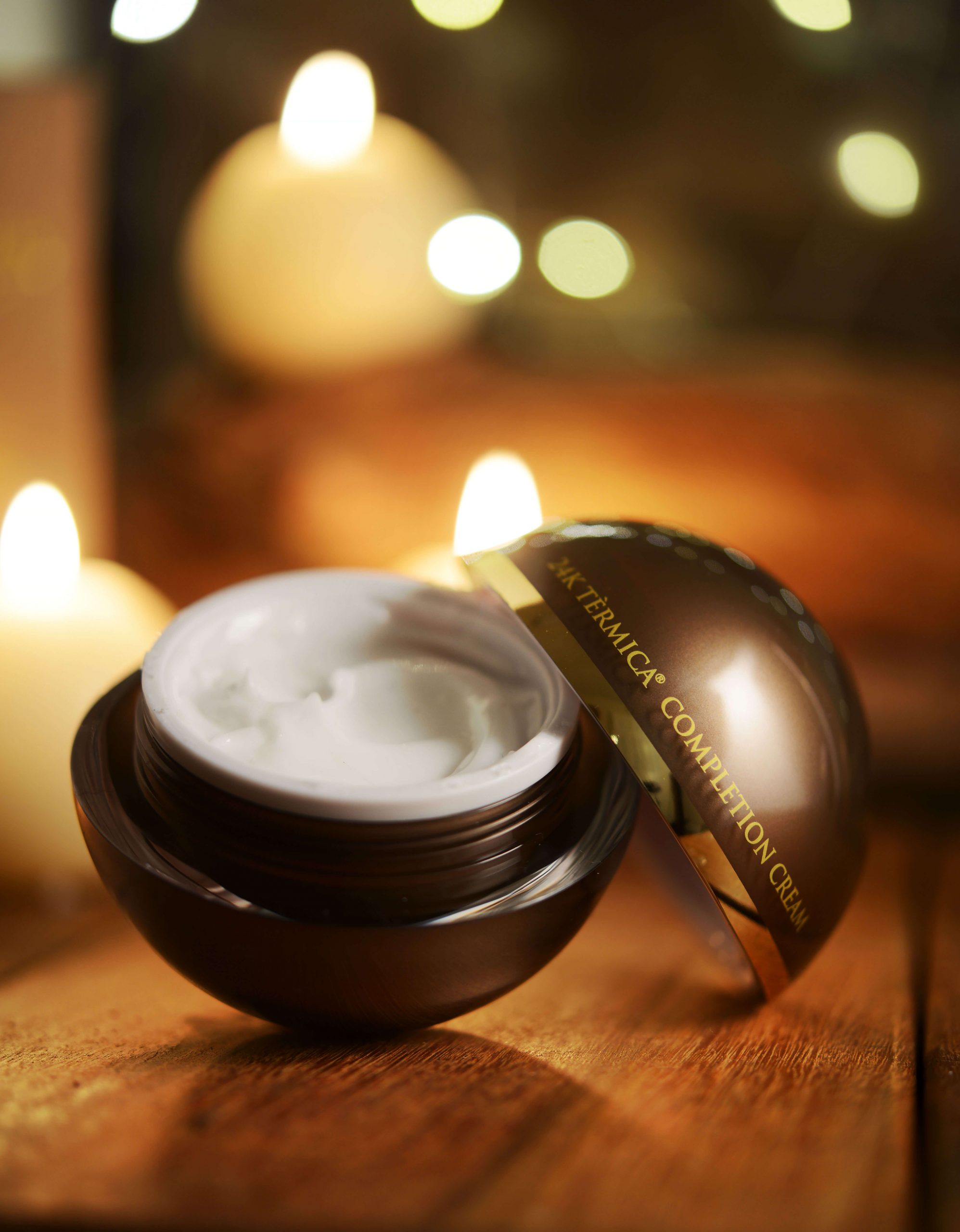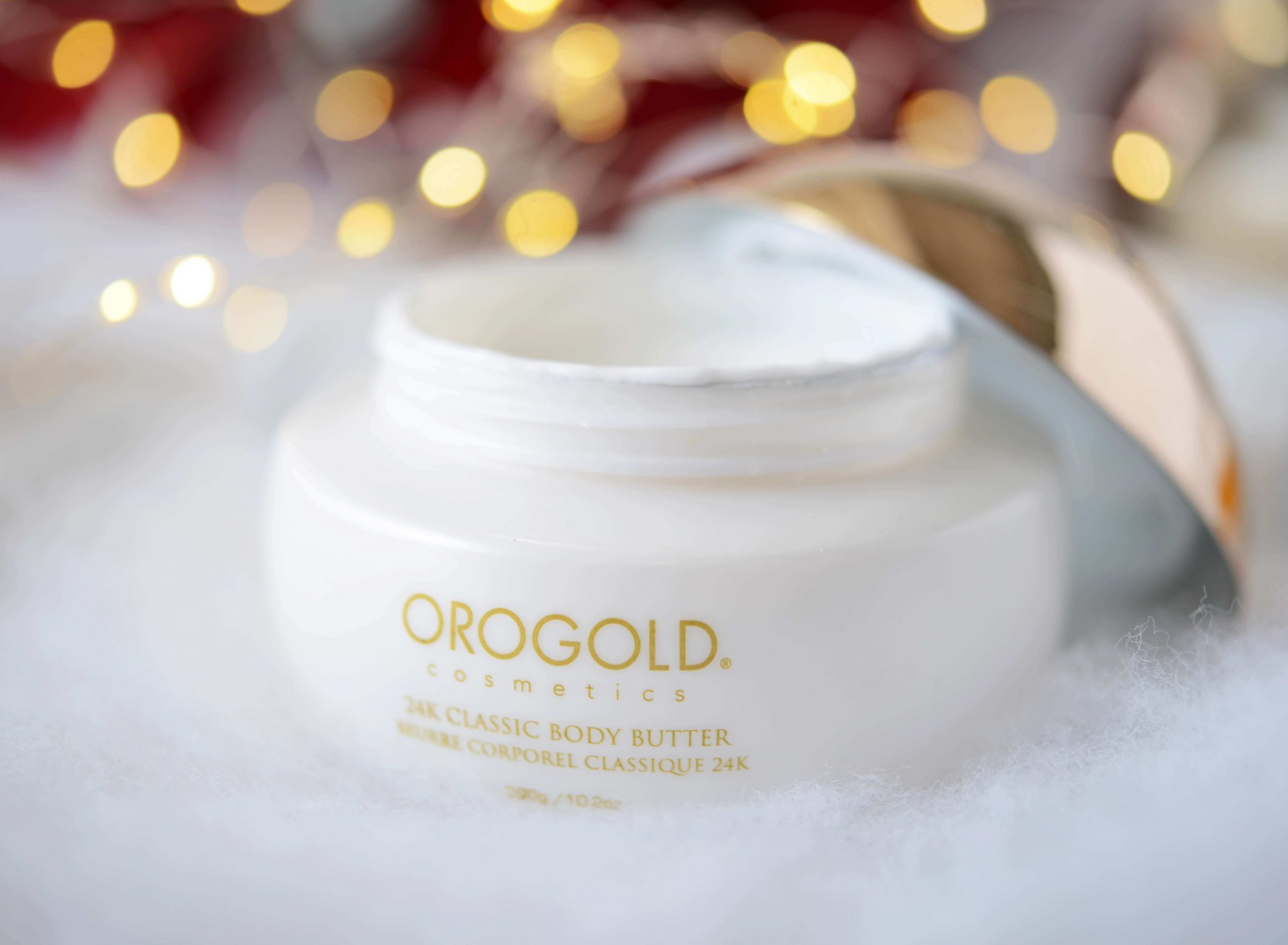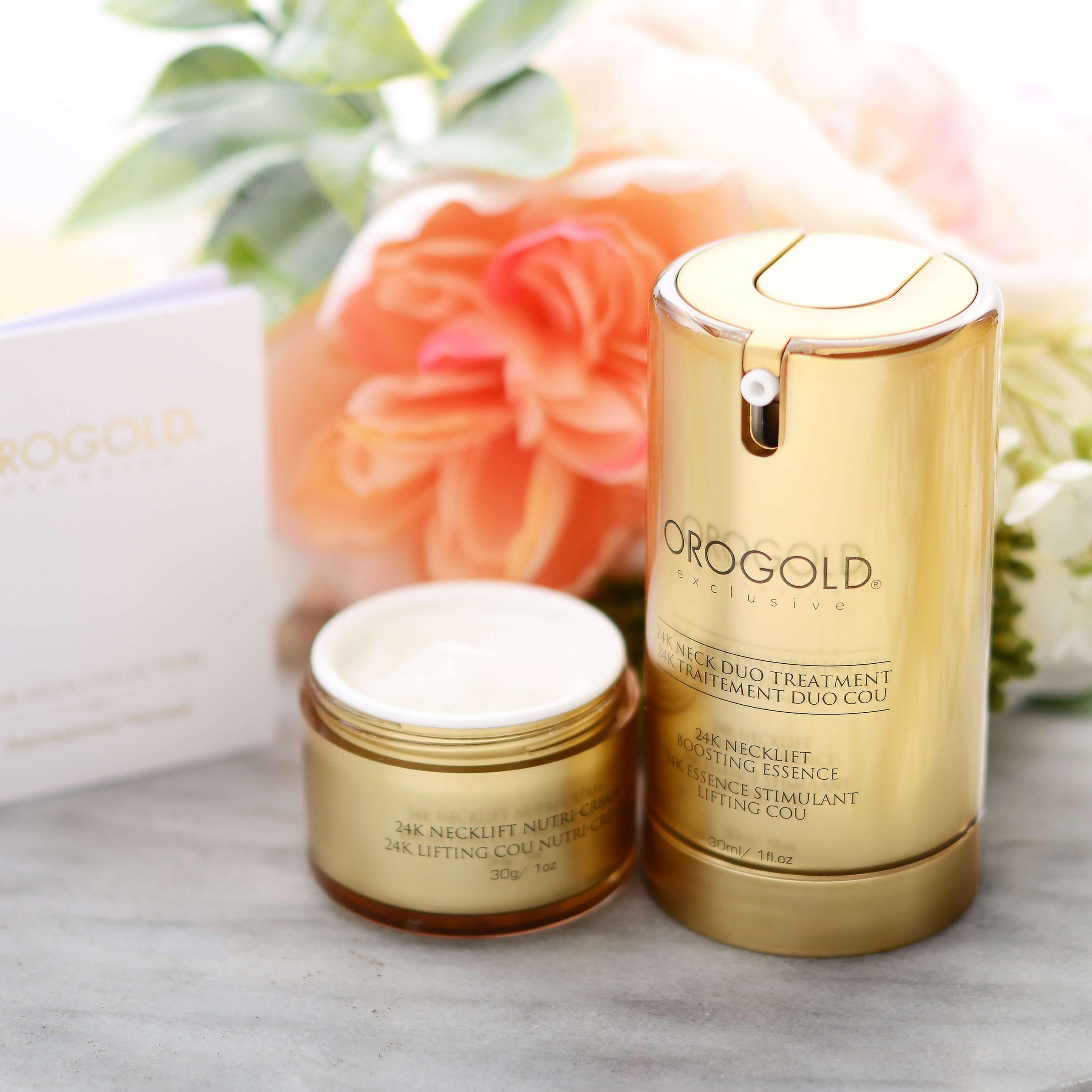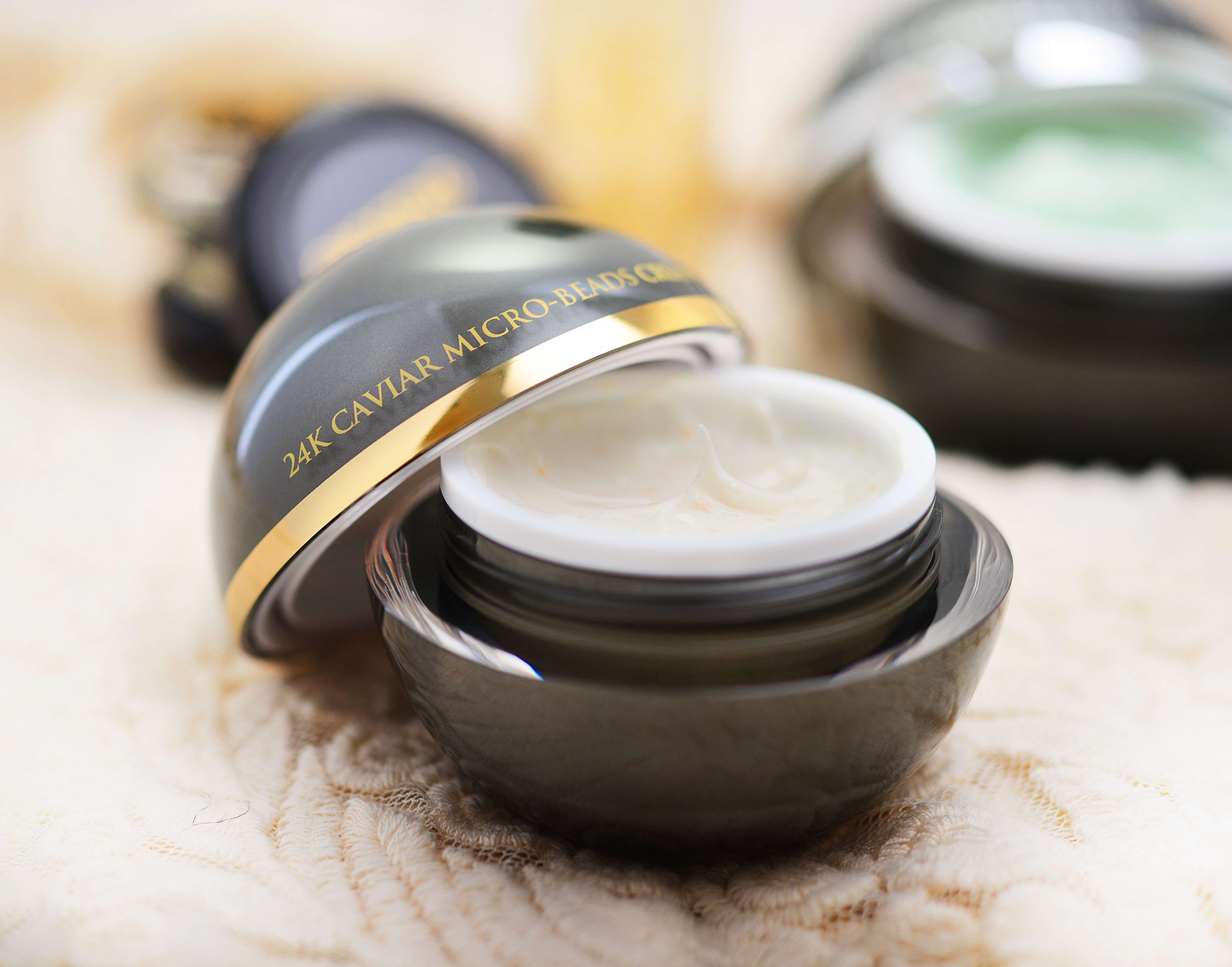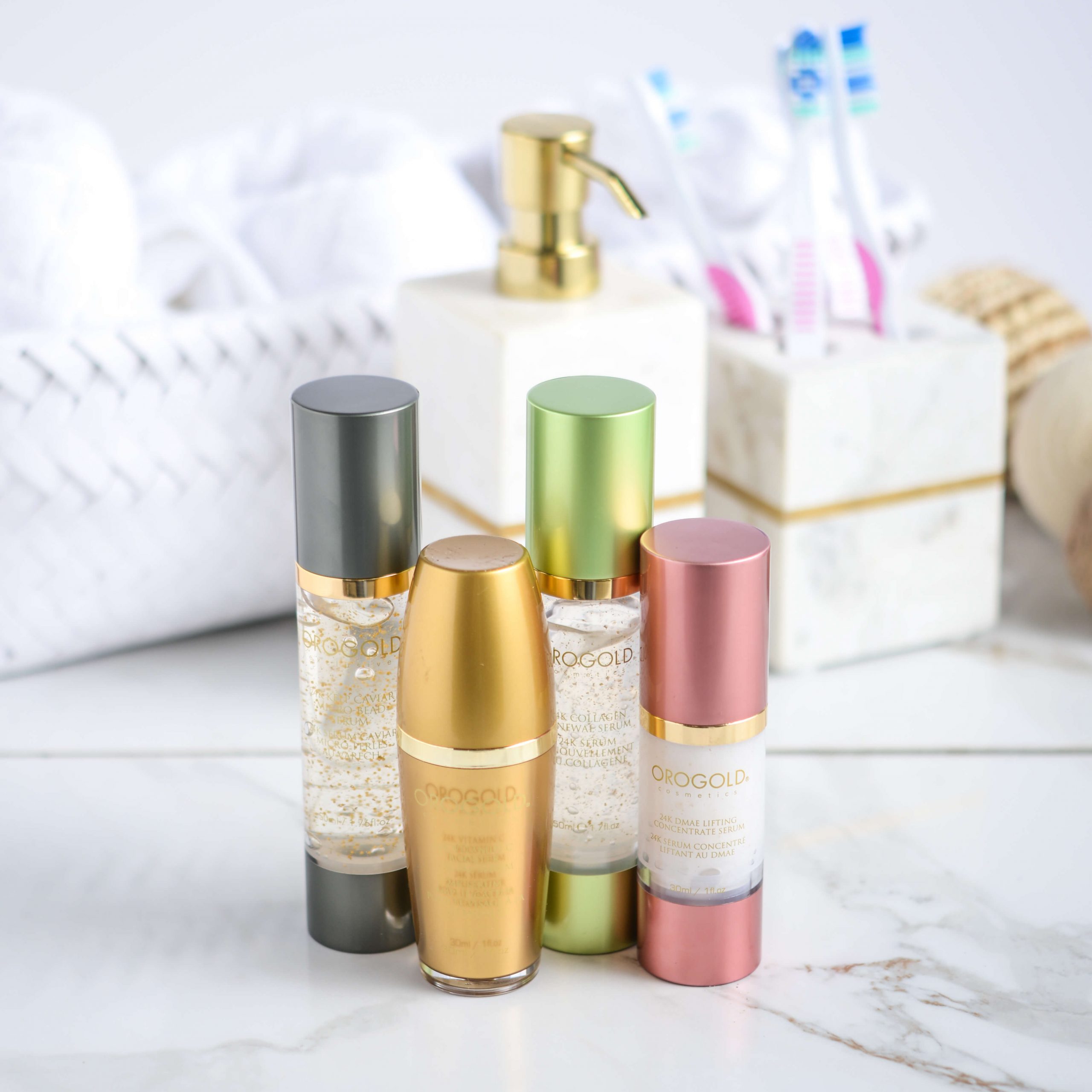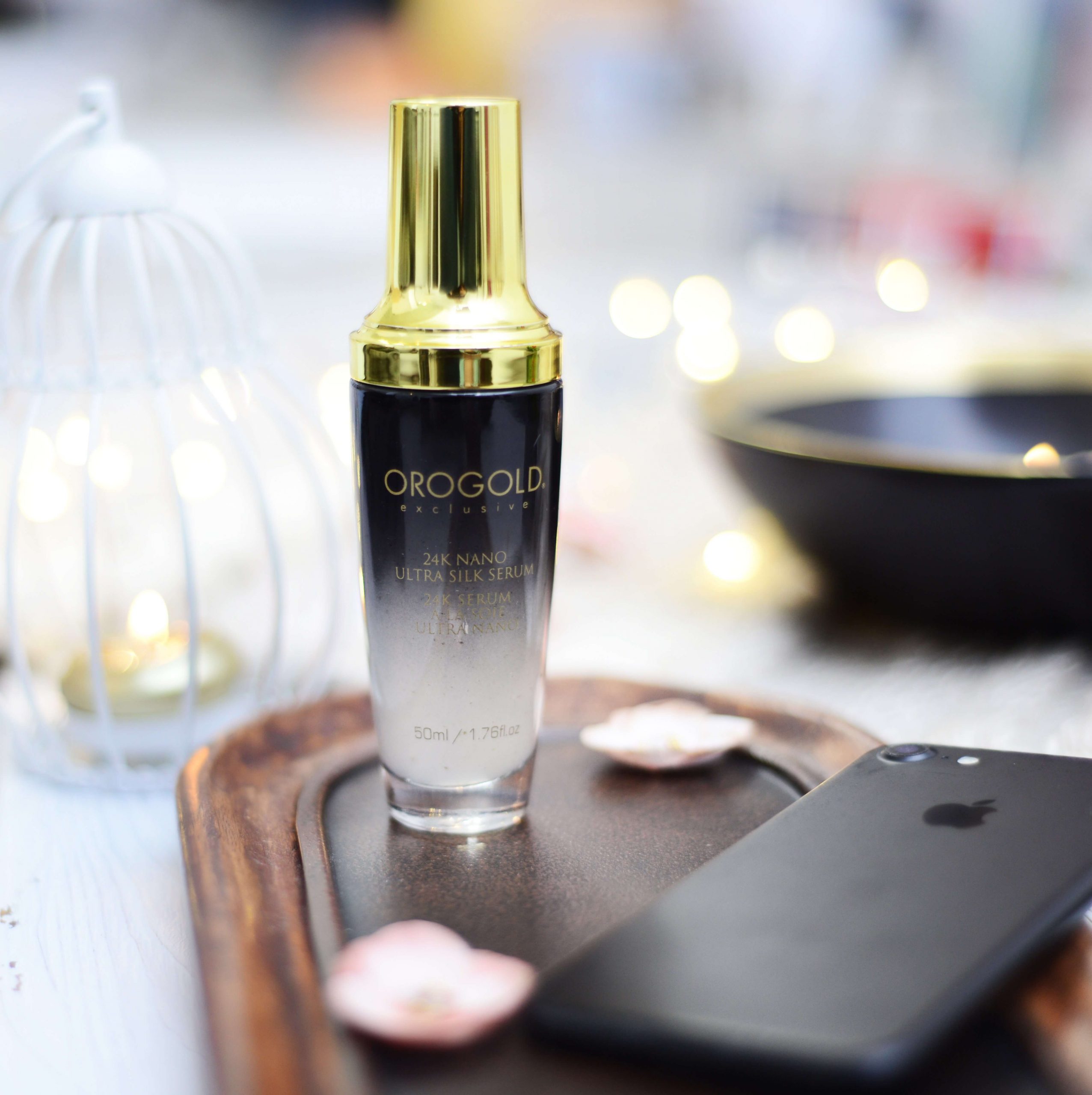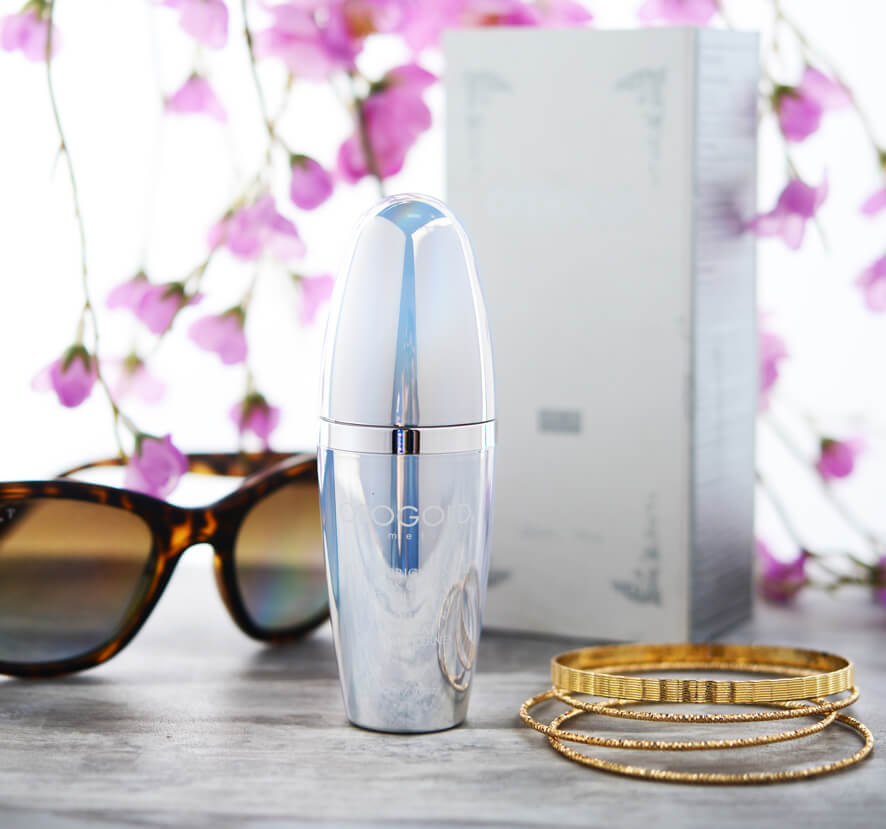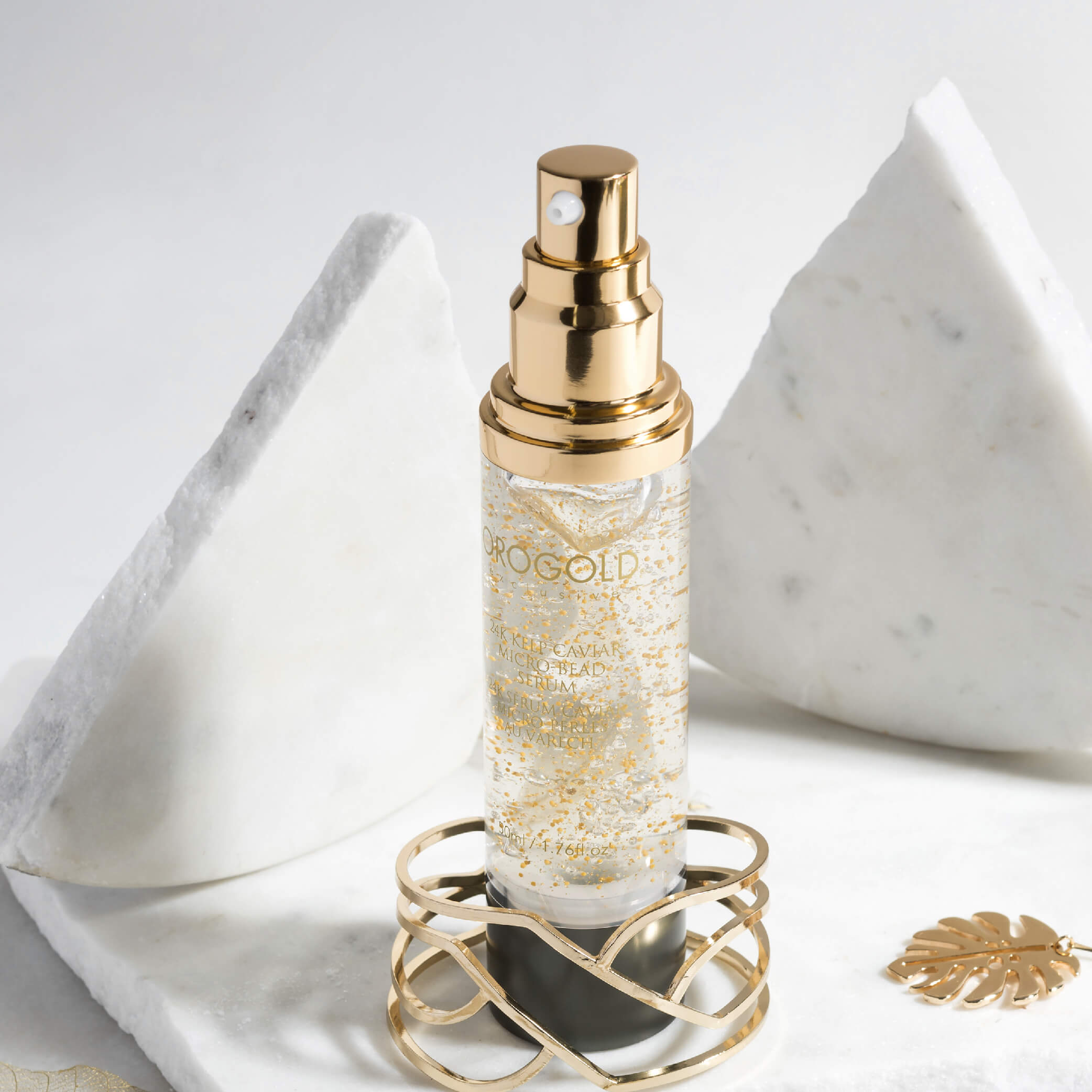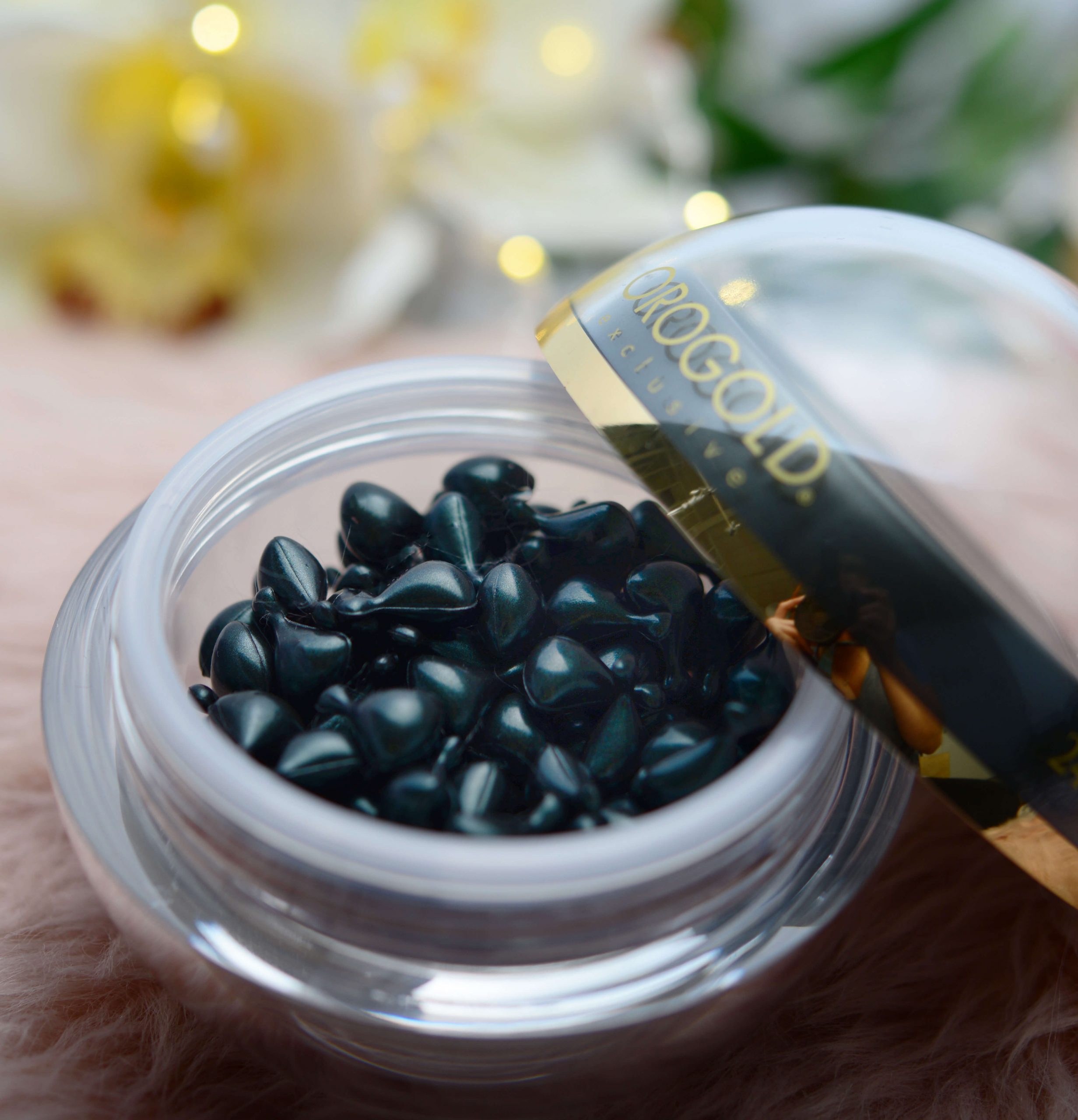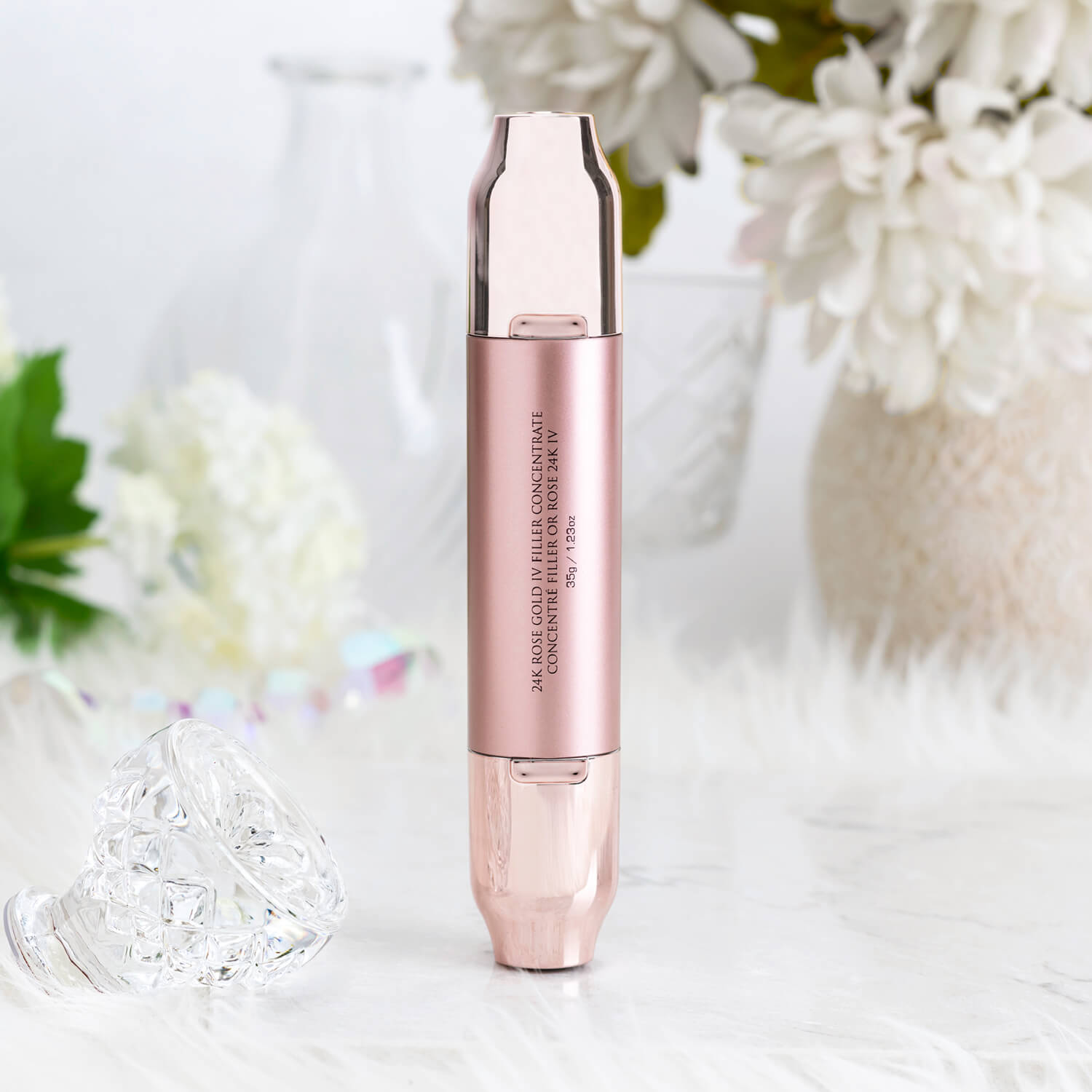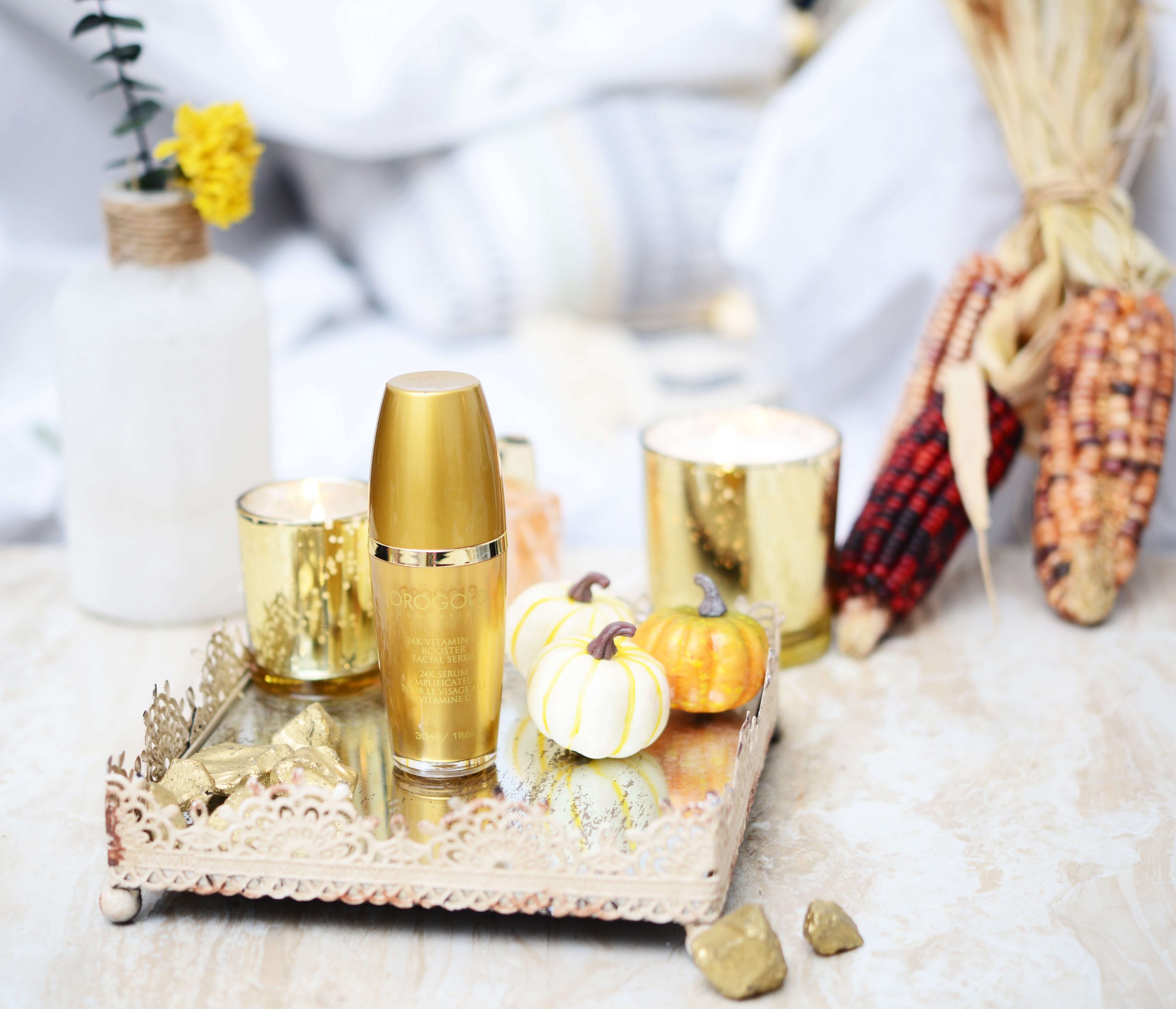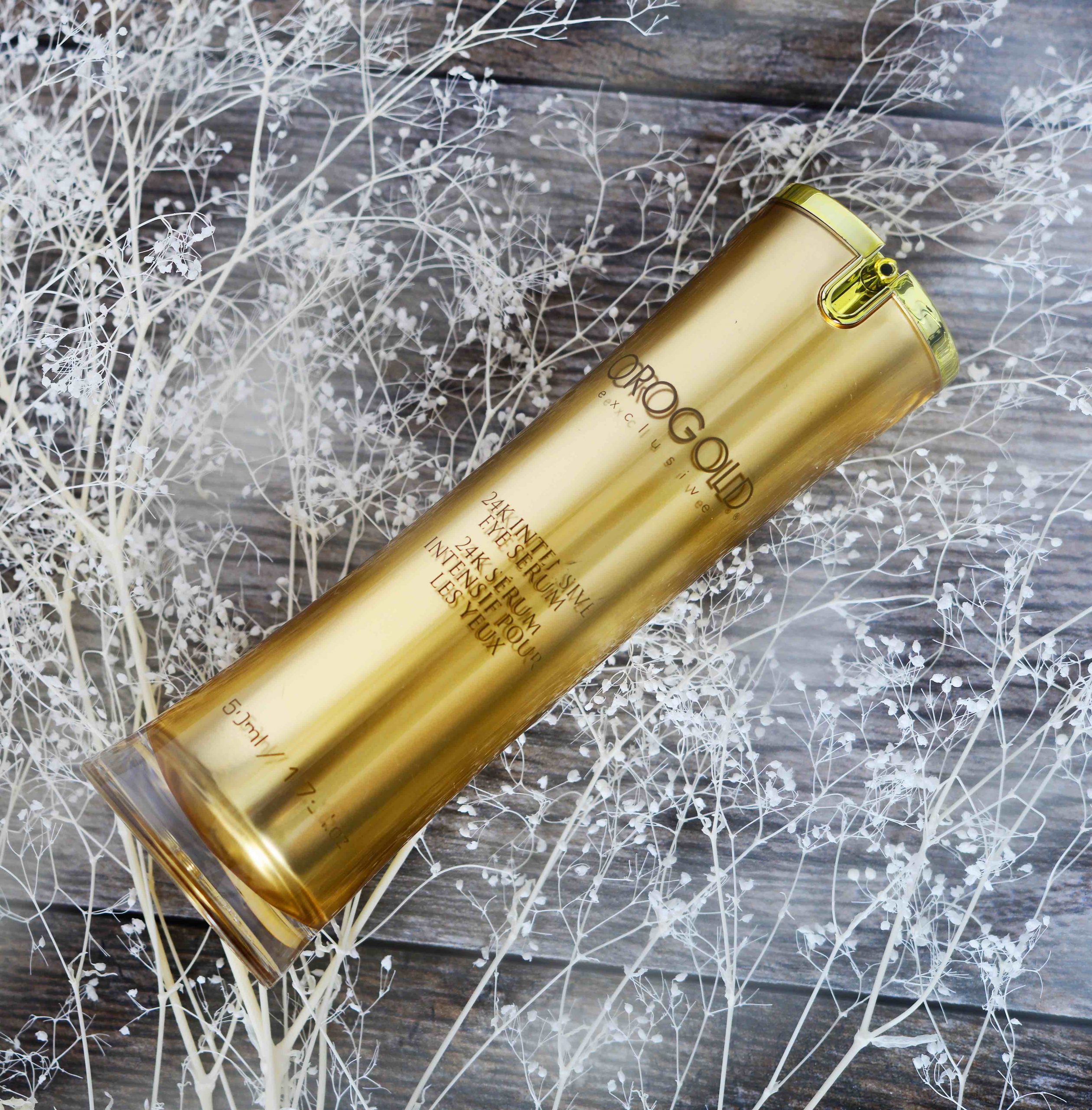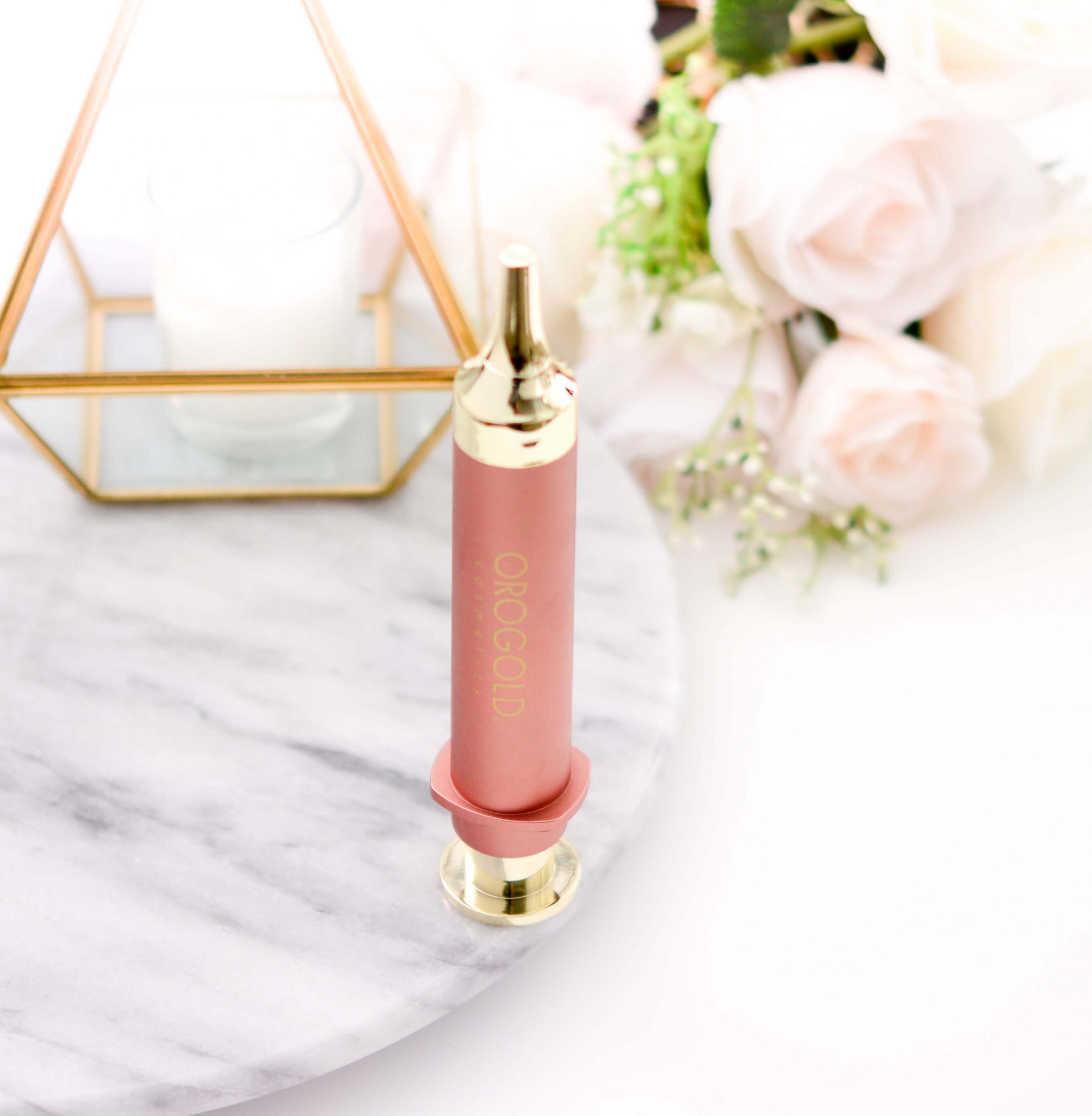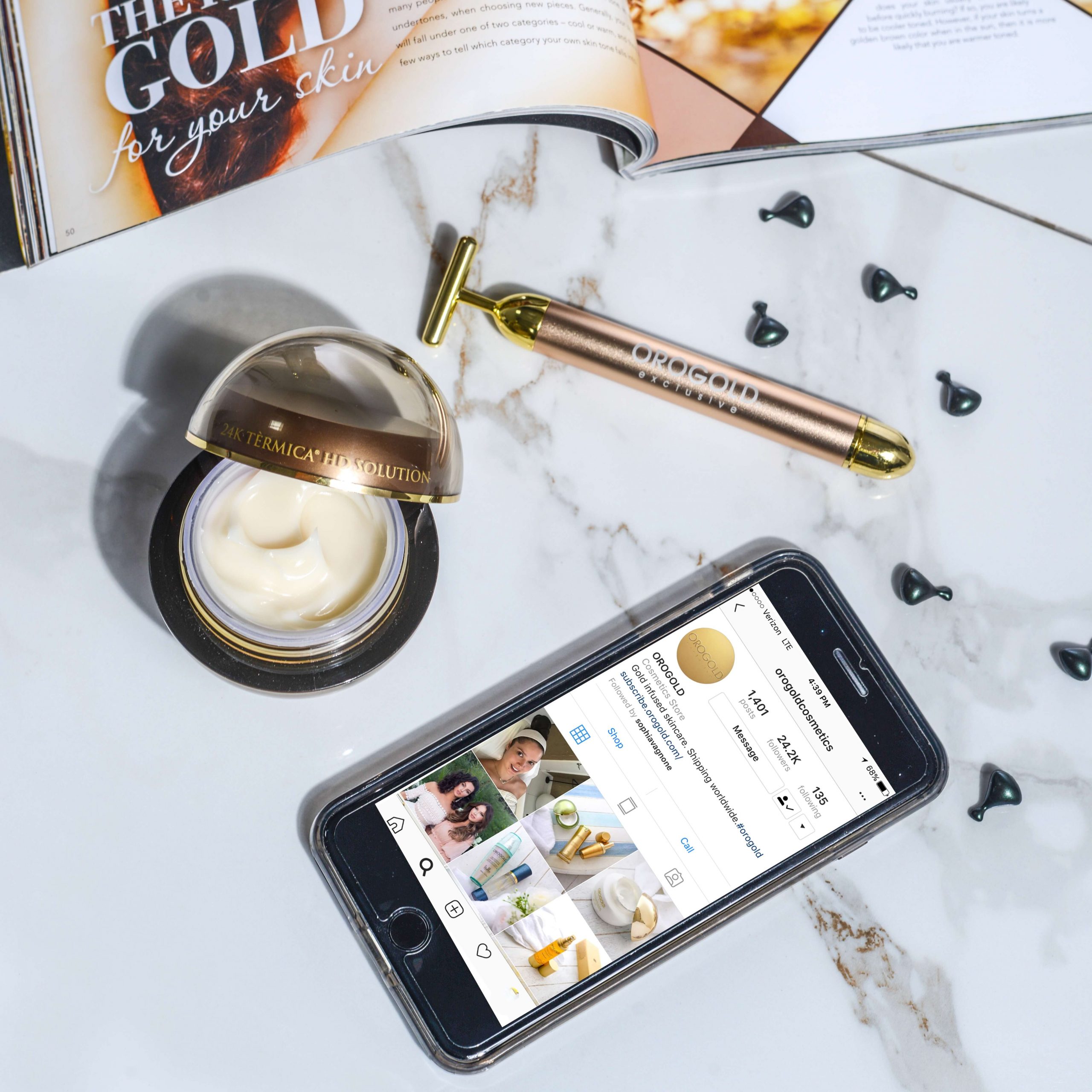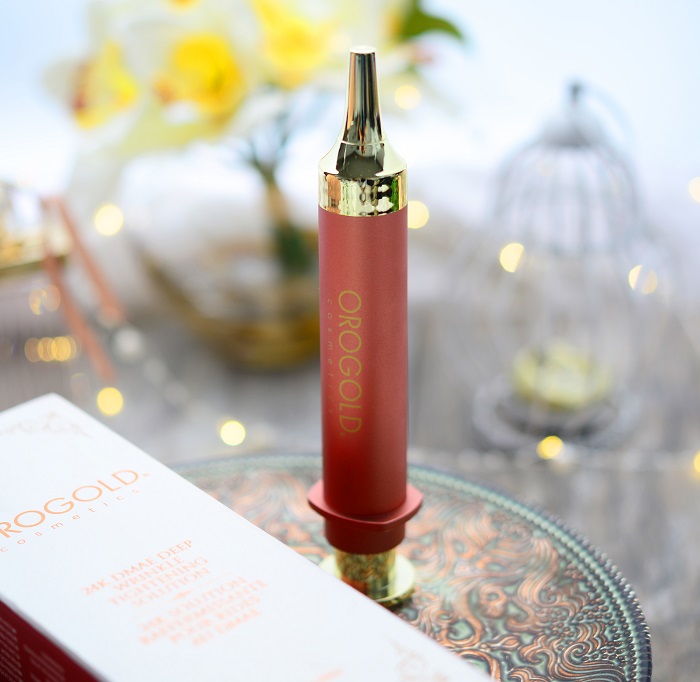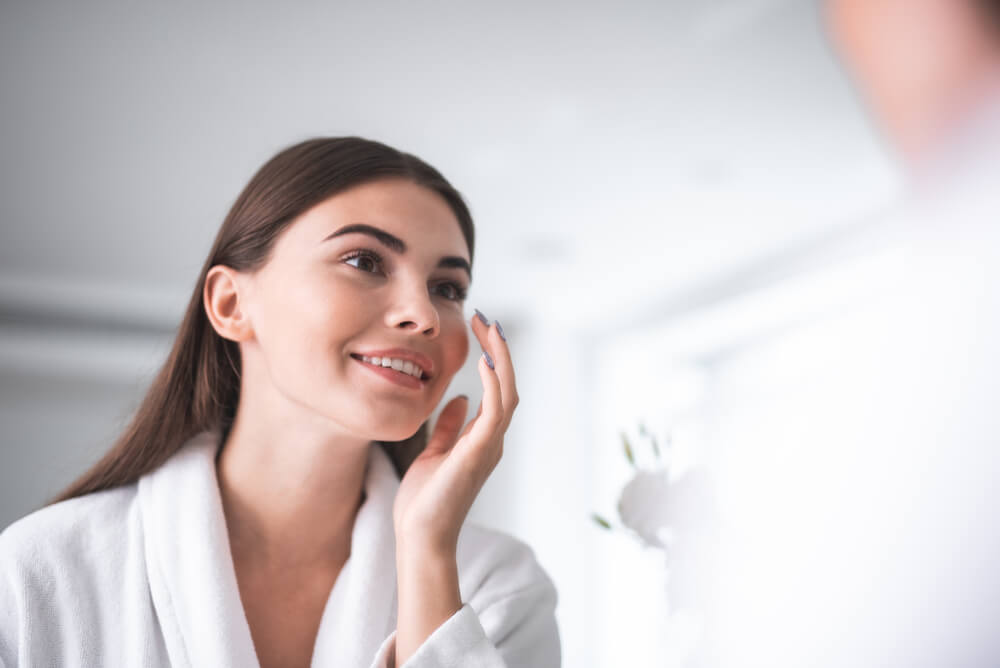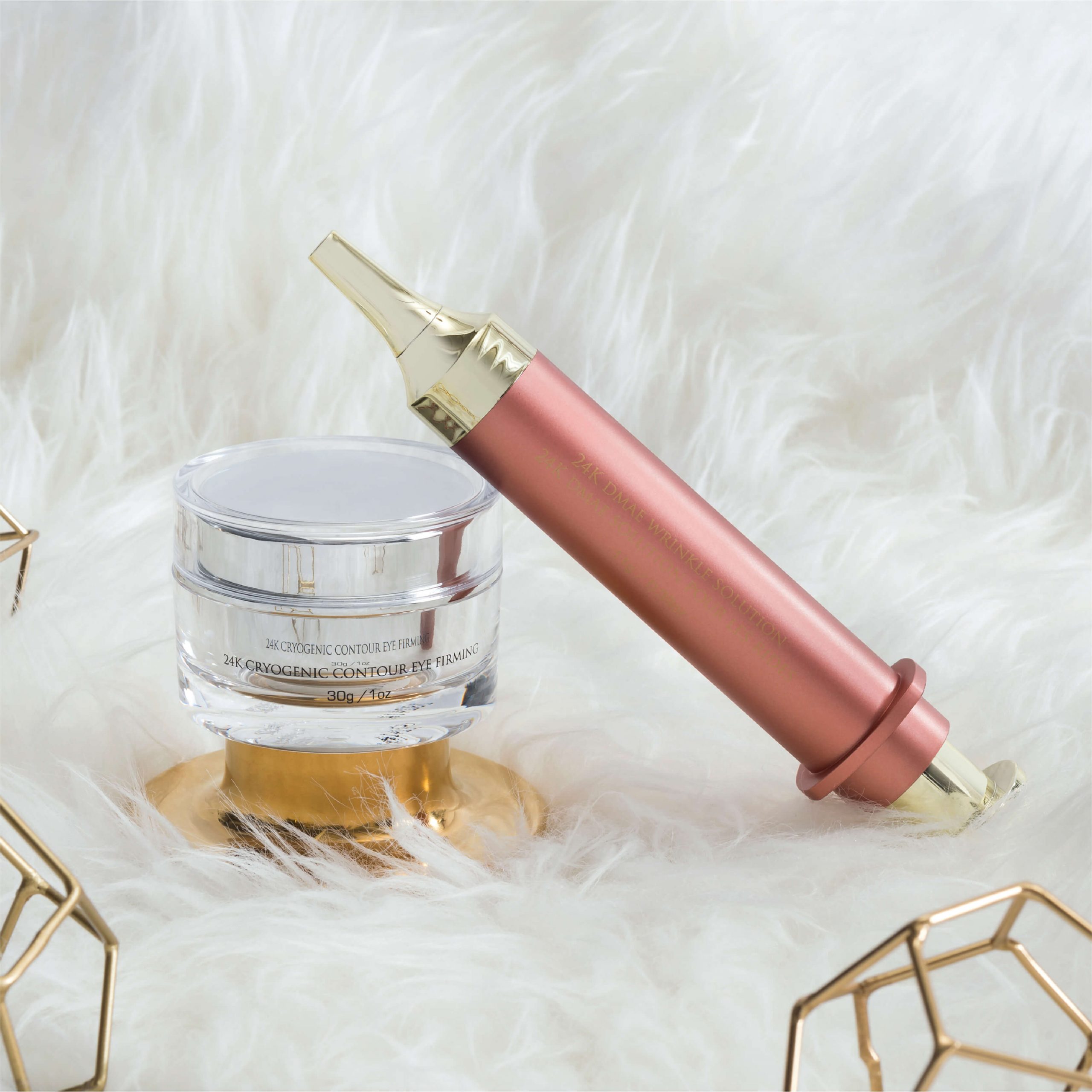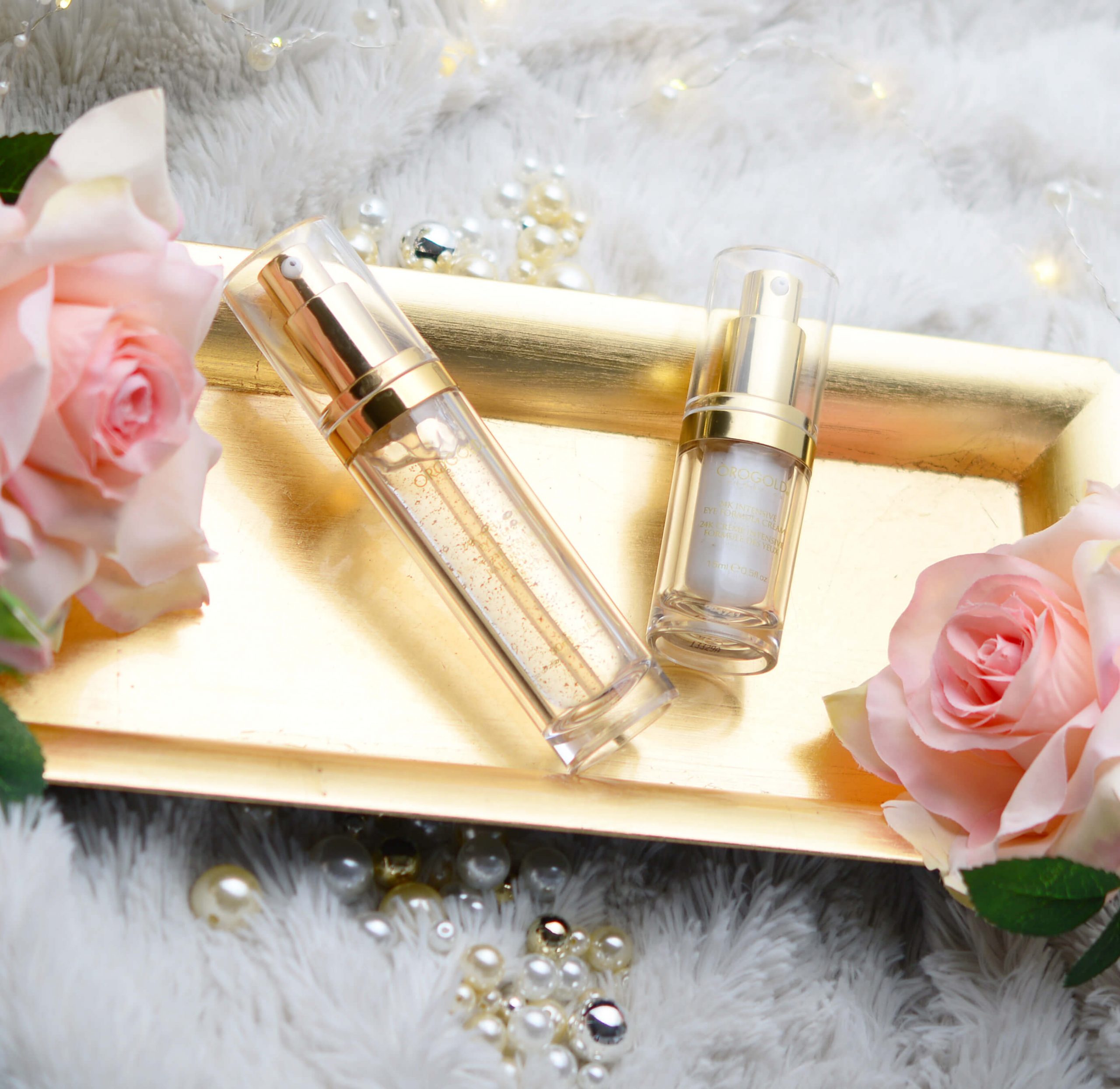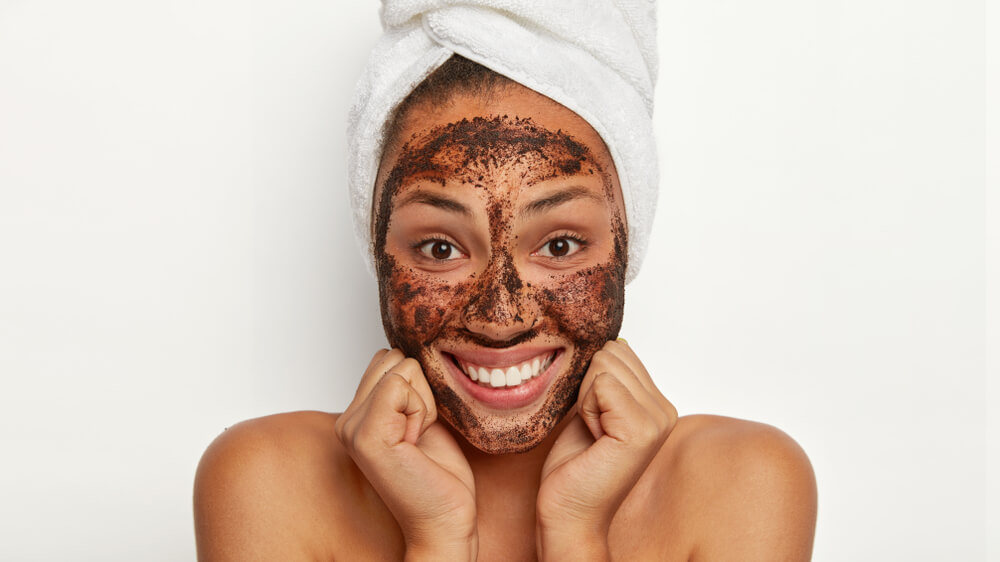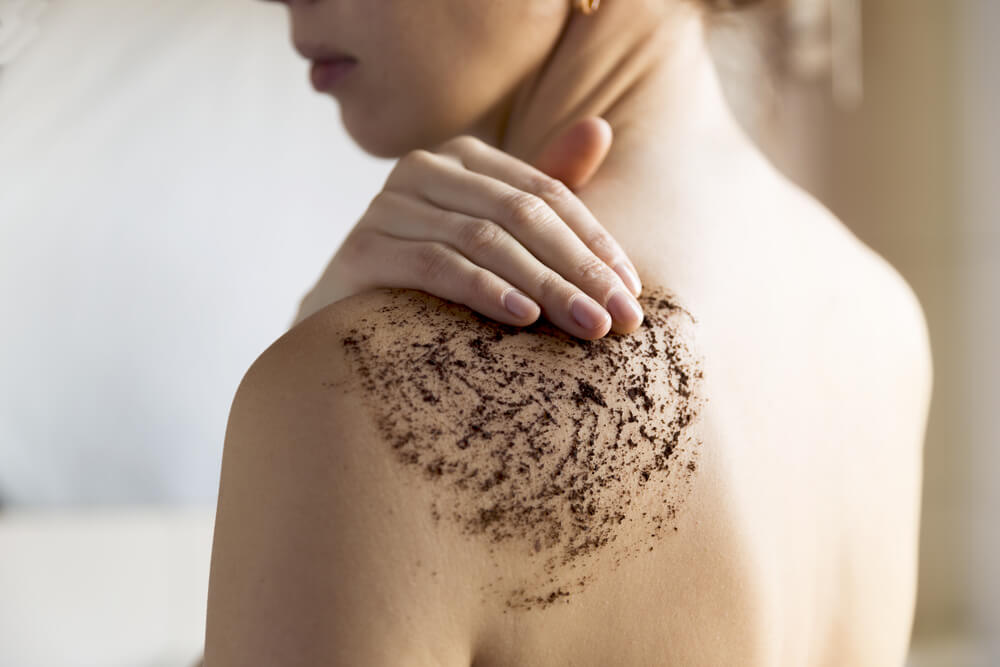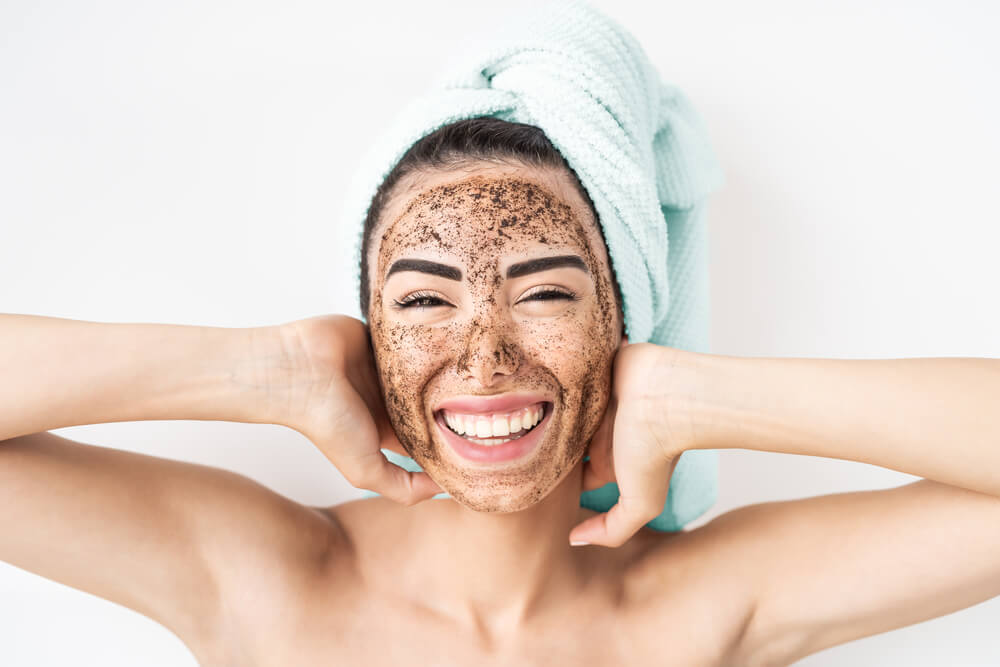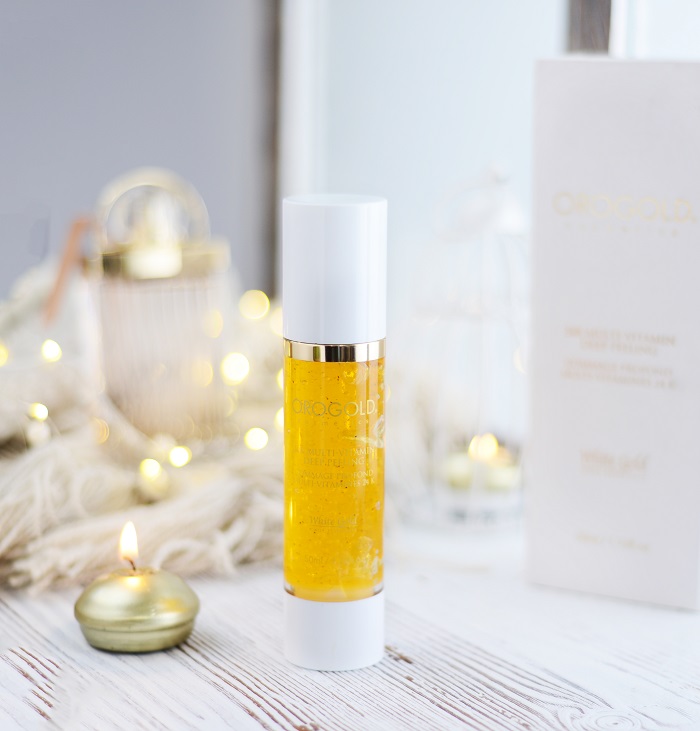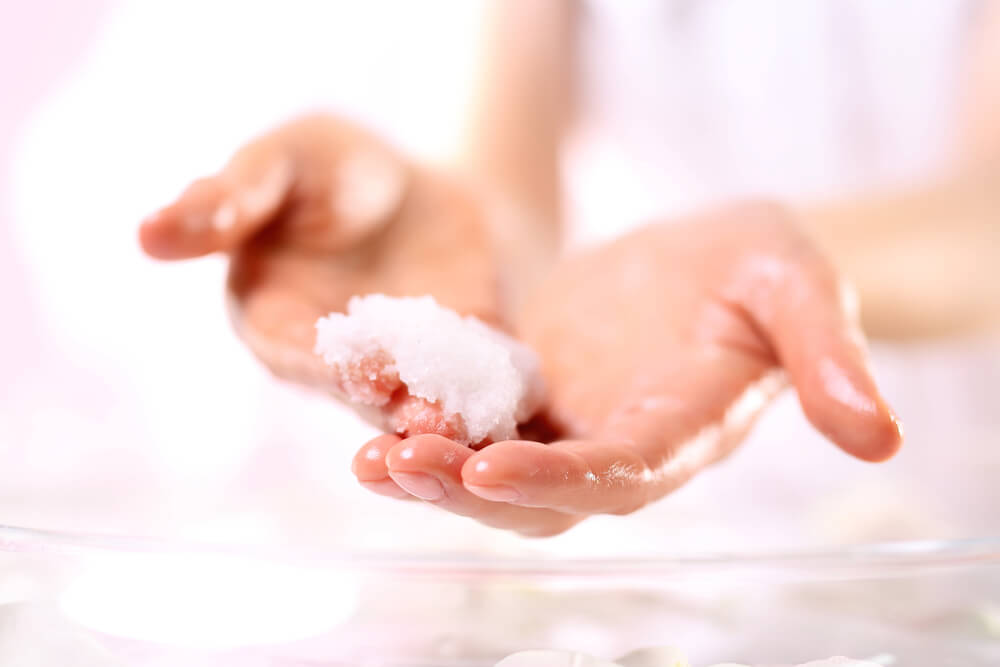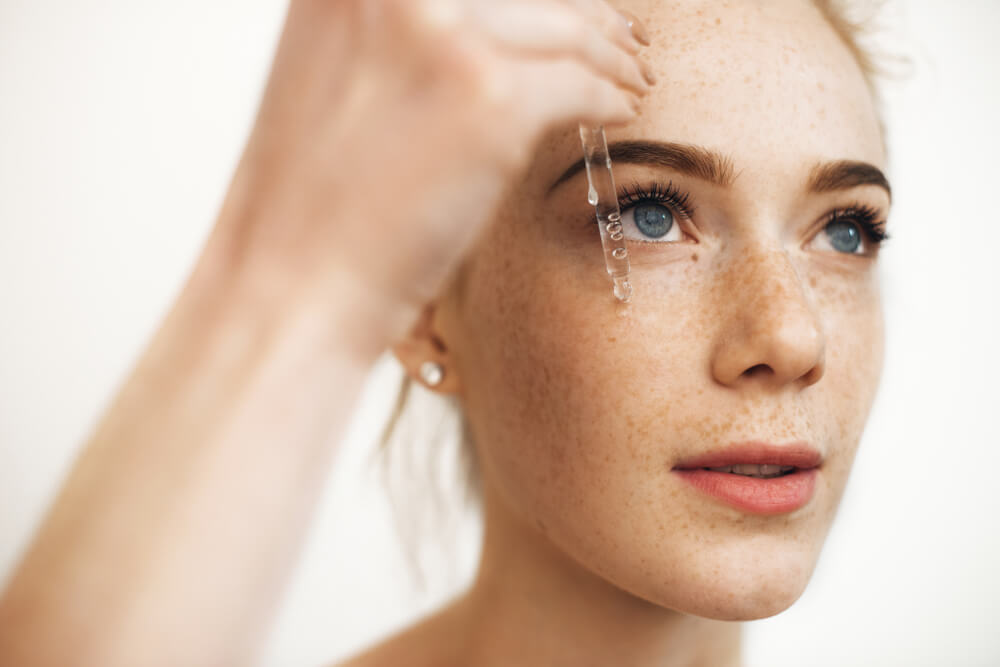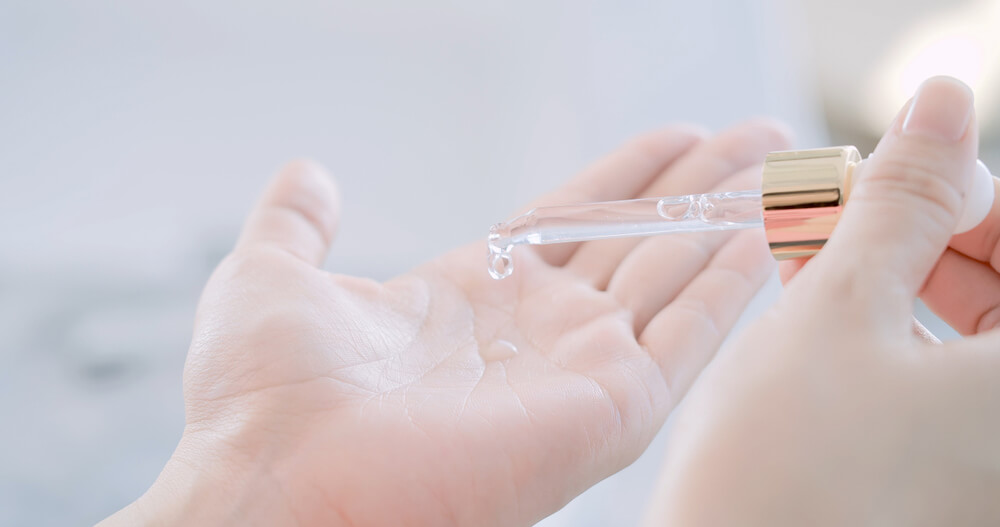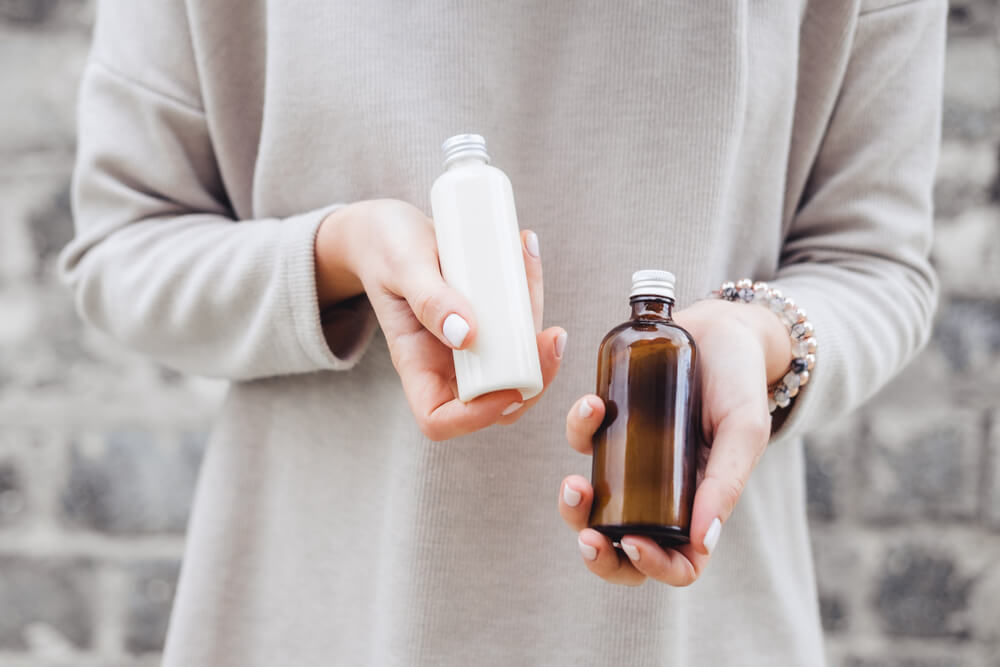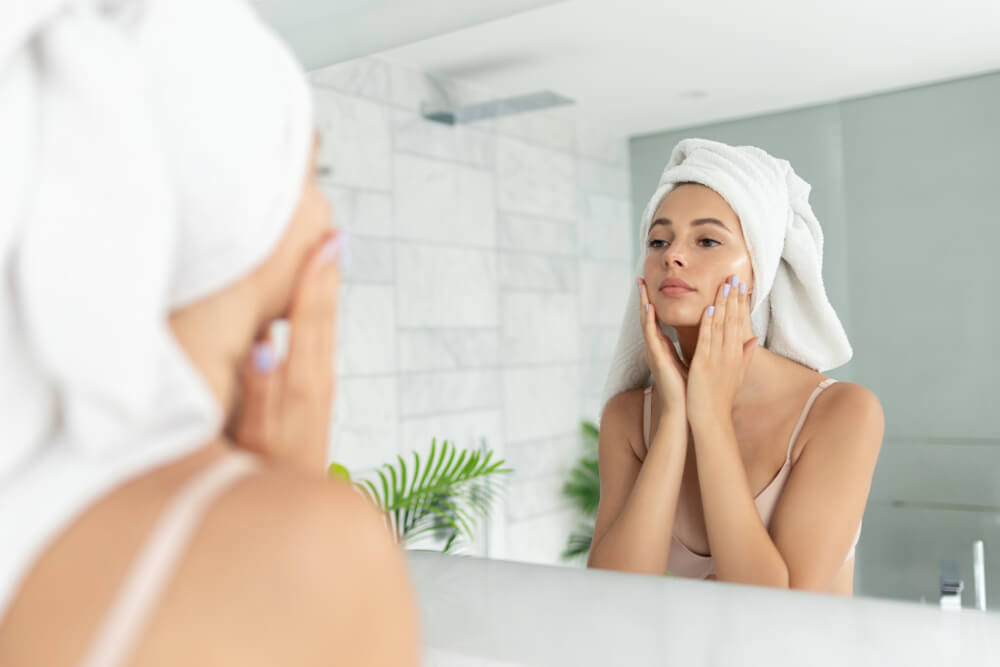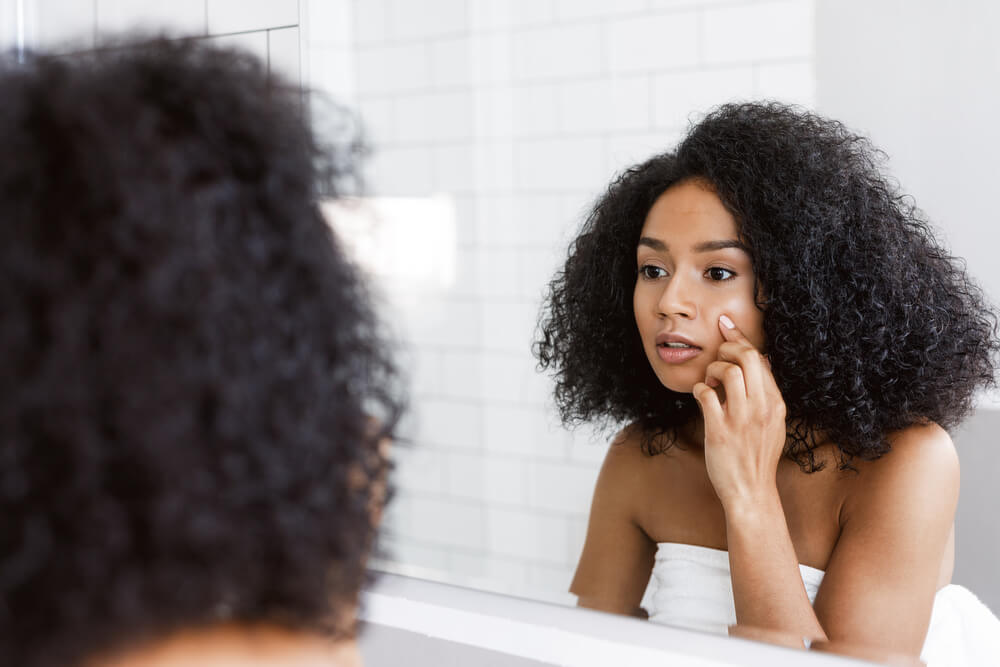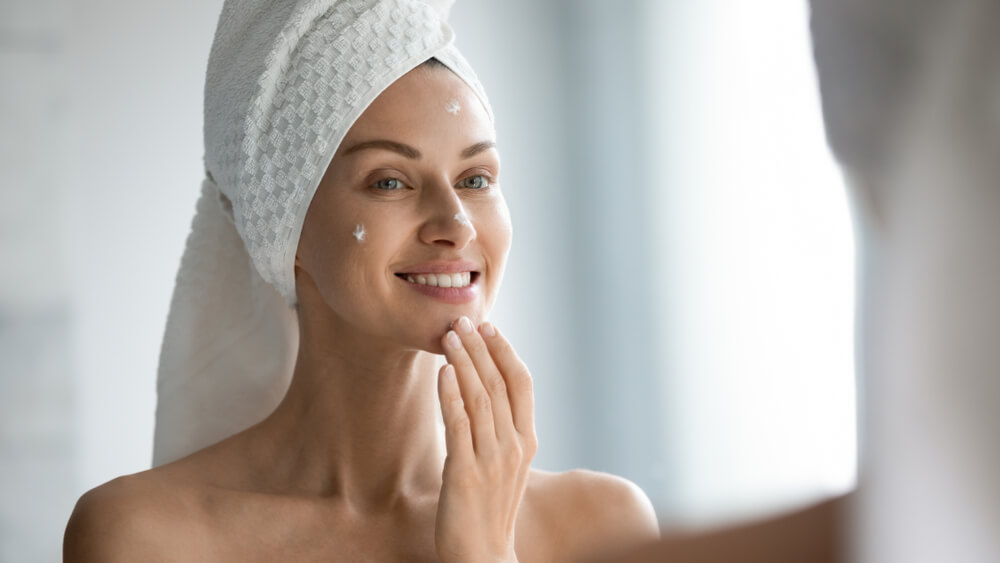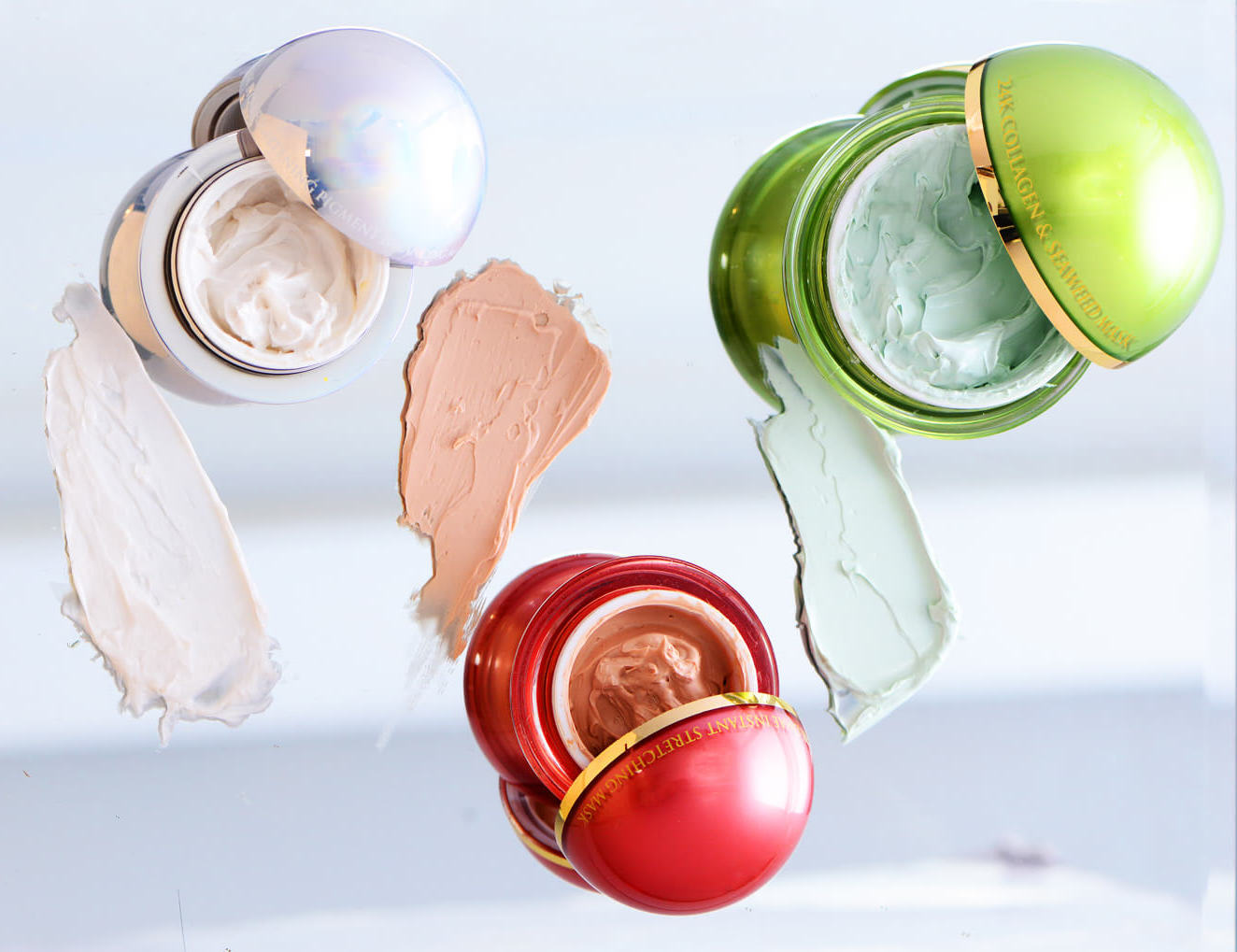
When rounding up your essential skincare routine, face masks might not be part of the roster. Most people might only have the basics — a cleanser, moisturizer, and sunscreen. And while that’s completely fine, you might be missing out on the extra benefits a mask may provide you. An OROGOLD face mask may fit right in to improve your regimen.
Masking may not exactly be mandatory in your regular skincare regimen, but it’s nice to treat your skin to one when it’s begging for extra love and attention. There are many kinds of masks out there. You just have to pick out the best one for your skin’s needs.
If you’re looking for a more luxurious and opulent masking session, pamper yourself with a gold-infused OROGOLD face mask. There are loads to choose from depending on what your skin is craving. Read on to see which face masks are most suitable for you and your skin concerns.
How to Choose the Right Face Mask for Yourself
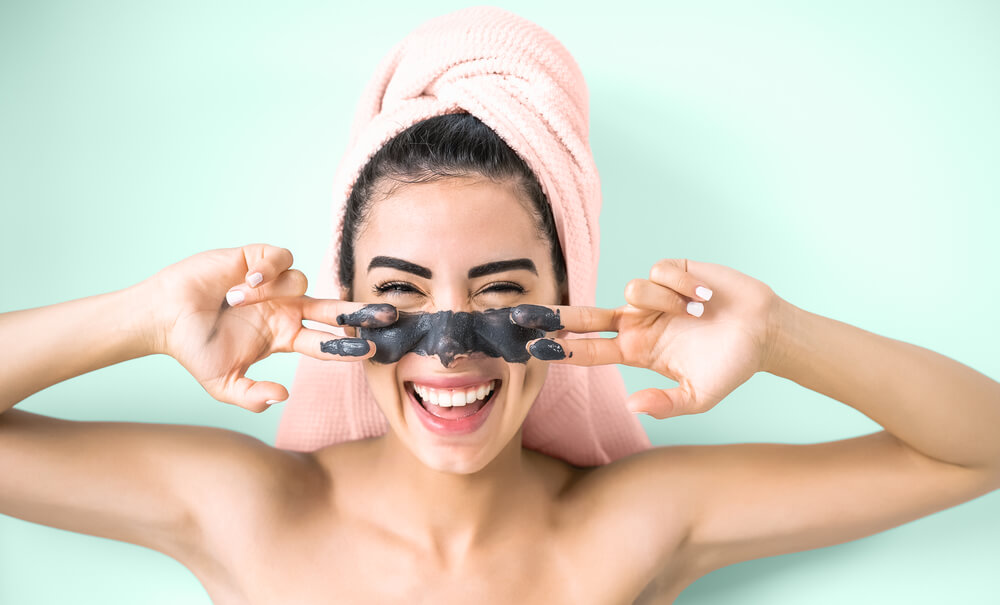
Every face mask has a specific purpose in your beauty regimen. They even come in different formats, from single-use sheet masks to clay that hardens on your face.
Choosing the right face mask for yourself can be overwhelming. But the key to pinpointing which one is best for you lies in two important factors: your skin type and the active ingredients in a mask.
First, let’s talk about assessing your skin type and condition. Before selecting any skincare product, you need to have a thorough understanding of what your skin needs. Is it dry and thirsty for hydration? Is it oily and clogged up, begging to be detoxified?
The mask you choose will rely on this evaluation. After all, you can’t use a super thick and rich face mask on your already oily and greasy skin. At the same time, you shouldn’t dry out your complexion even more with a stripping charcoal mask if you have dehydrated skin.
You should also think about the top skin concerns you want your face mask to address. Do you want to brighten up the look of those age spots, or plump up the look of your skin to reduce the appearance of fine lines? Knowing what you expect out of your mask makes choosing one a lot easier.
Take a look at the active ingredients of each face mask to see if it can help you address your skin problems.
Whatever your skin type or concern is, it’s important to be gentle to your skin. Make sure the mask you go for doesn’t have harmful or potentially irritating ingredients, like parabens. Luckily, every OROGOLD face mask is paraben-free to keep your skin safe and healthy.
Here are eight OROGOLD face mask options for you, depending on what your ultimate skin goal is:
To Get a Radiant, Even-Looking Skin Tone: 24K Bio-Brightening Pigment Balancing Mask
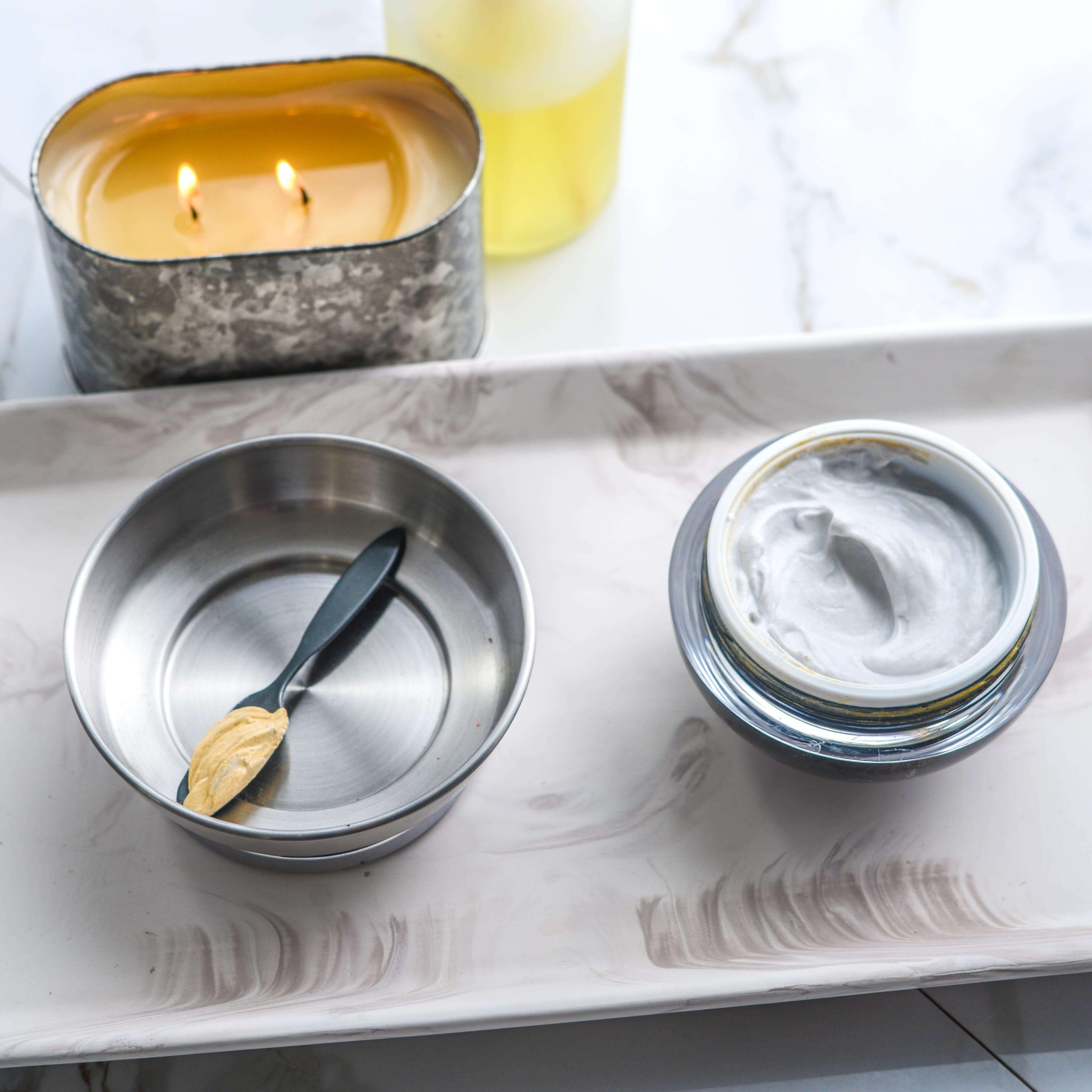
Dealing with dark spots? Even out your complexion and add a bit of glow with the 24K Bio-Brightening Pigment Balancing Mask. It’s chock-full of skin-loving vitamins A and E to make your skin feel plump and hydrated, as well as mica to give your complexion that youthful radiance you want.
This OROGOLD face mask comes with a silver spoon to easily scoop out the product. Apply it to a freshly cleansed face and leave it on for around 15 minutes before rinsing it off.
To Reduce the Look of Congested Skin: 24K Collagen and Seaweed Mask
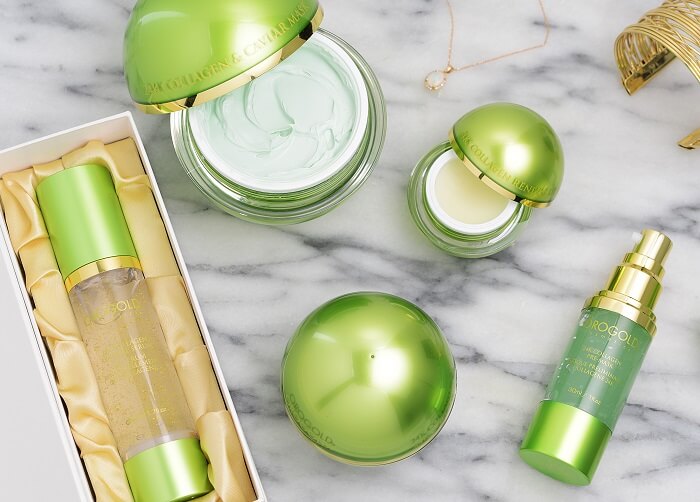
Those with oily and congested pores will fall head over heels with the 24K Collagen & Seaweed Mask, a kaolin clay mask that leaves skin feeling detoxified. It also has hydrating ingredients like safflower seed oil, sage, and retinyl palmitate to keep the appearance of wrinkles away.
Kaolin is known to be one of the gentlest forms of clay in the cosmetics world. That said, this mask isn’t drying or stripping. It plumps up the look of the skin because it’s balanced out with moisturizing oils and vitamins.
To use this mask, apply a generous layer on clean skin. Kick back and relax for 10 or so minutes before rinsing everything off with cold water.
To Combat the Visibility of Wrinkles and Fine Lines: 24K Nano Hydra Silk Mask
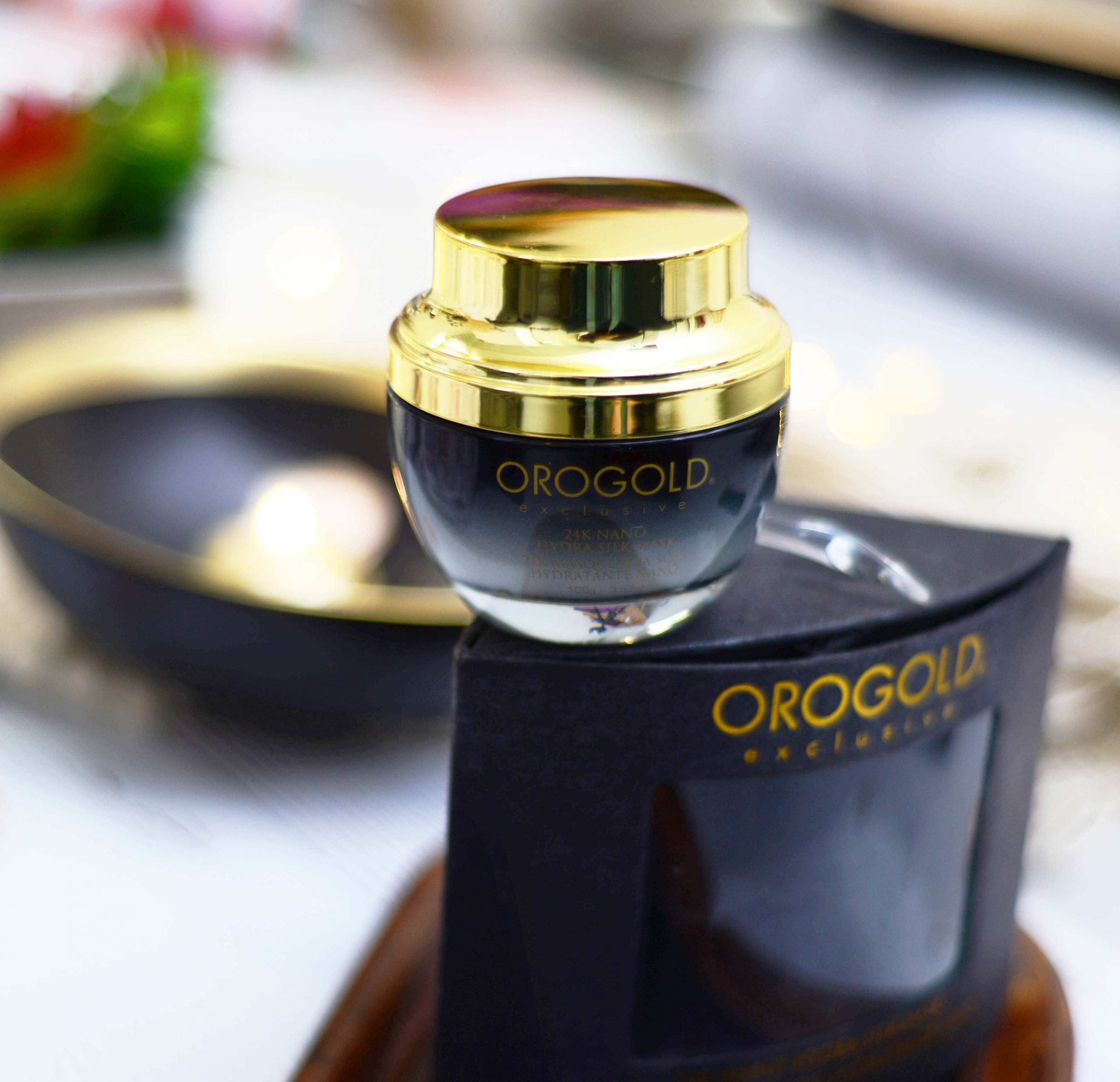
If you’re starting to notice the visible signs of aging popping up on your complexion, bust out the 24K Nano Hydra Silk Mask. This face mask is infused with sodium hyaluronate, vitamin E, and hydrating fruit extracts.
Sodium hyaluronate is a derivative of hyaluronic acid, a popular humectant known for making skin look smooth and plump.
This mask is also rich in botanicals, from aloe vera, bilberry, goji, noni, and mangosteen extracts, among others. These help hydrate the feel of the skin for a gorgeous glow.
What’s cool about this OROGOLD face mask is that it isn’t a wash-off. You can leave it on your skin, making it a terrific once-a-week alternative to your nourishing night moisturizer.
For Dry Skin: 24K DMAE Instant Stretching Mask
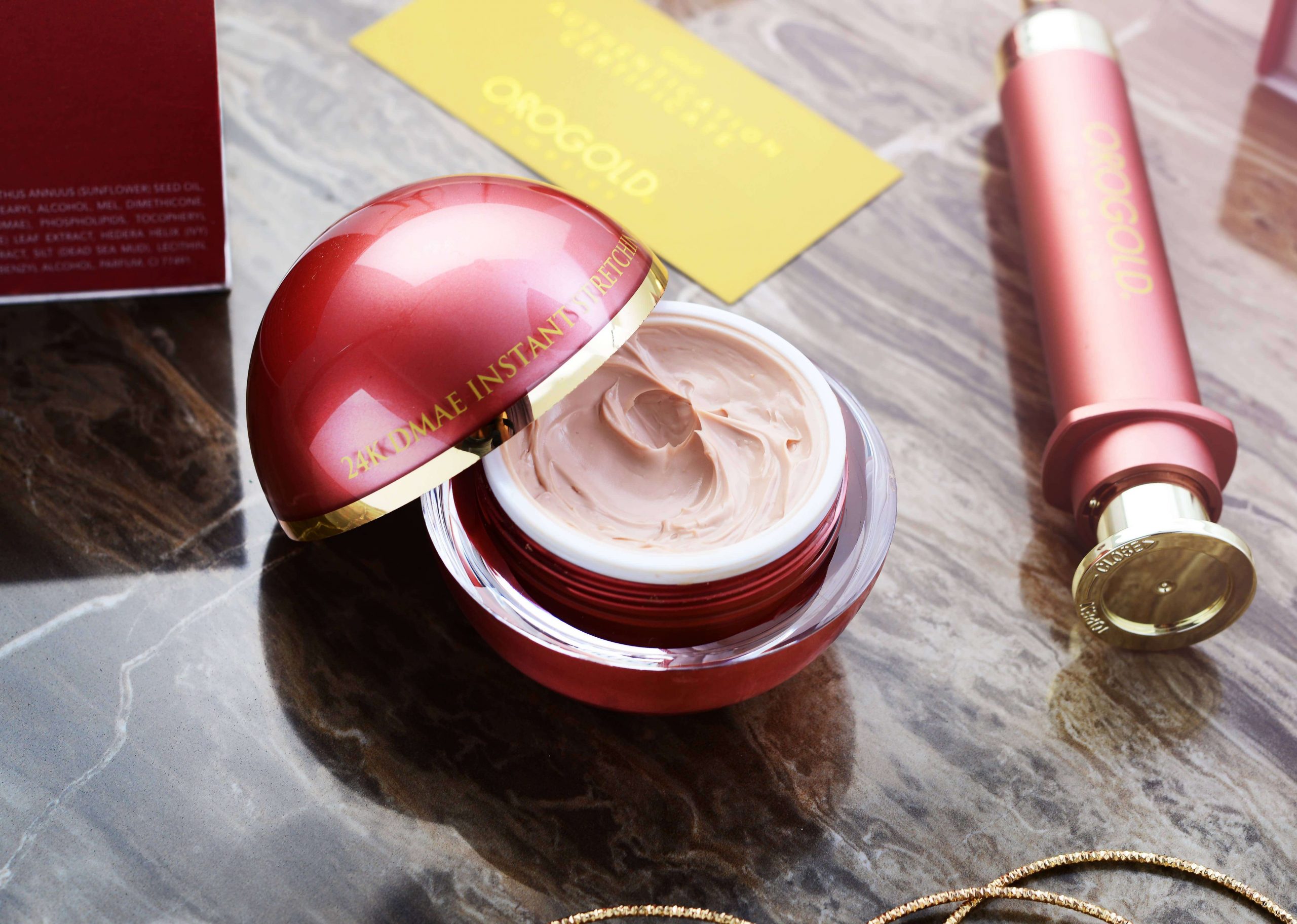
In the colder months, your skin can get a bit more dehydrated than usual. Quench its thirst with the 24K DMAE Instant Stretching Mask, a mask made with a fine blend of moisturizing oils.
This OROGOLD face mask is formulated with jojoba and sunflower seed oils, which add hydration to parched skin. They also leave a slight dewy finish to the skin, making it look naturally glassy. This mask helps minimize the appearance of stark wrinkles and lines, making you look younger.
You can use this wash-off mask every week, allowing it to seep into your skin for 15 minutes before rinsing it off. Be sure to follow up with a high-quality moisturizer after using this mask to help seal in all the goodness from your masking sesh.
To Wake Your Skin Up with Essential Vitamins: 24K Tèrmica® Energizing Mask
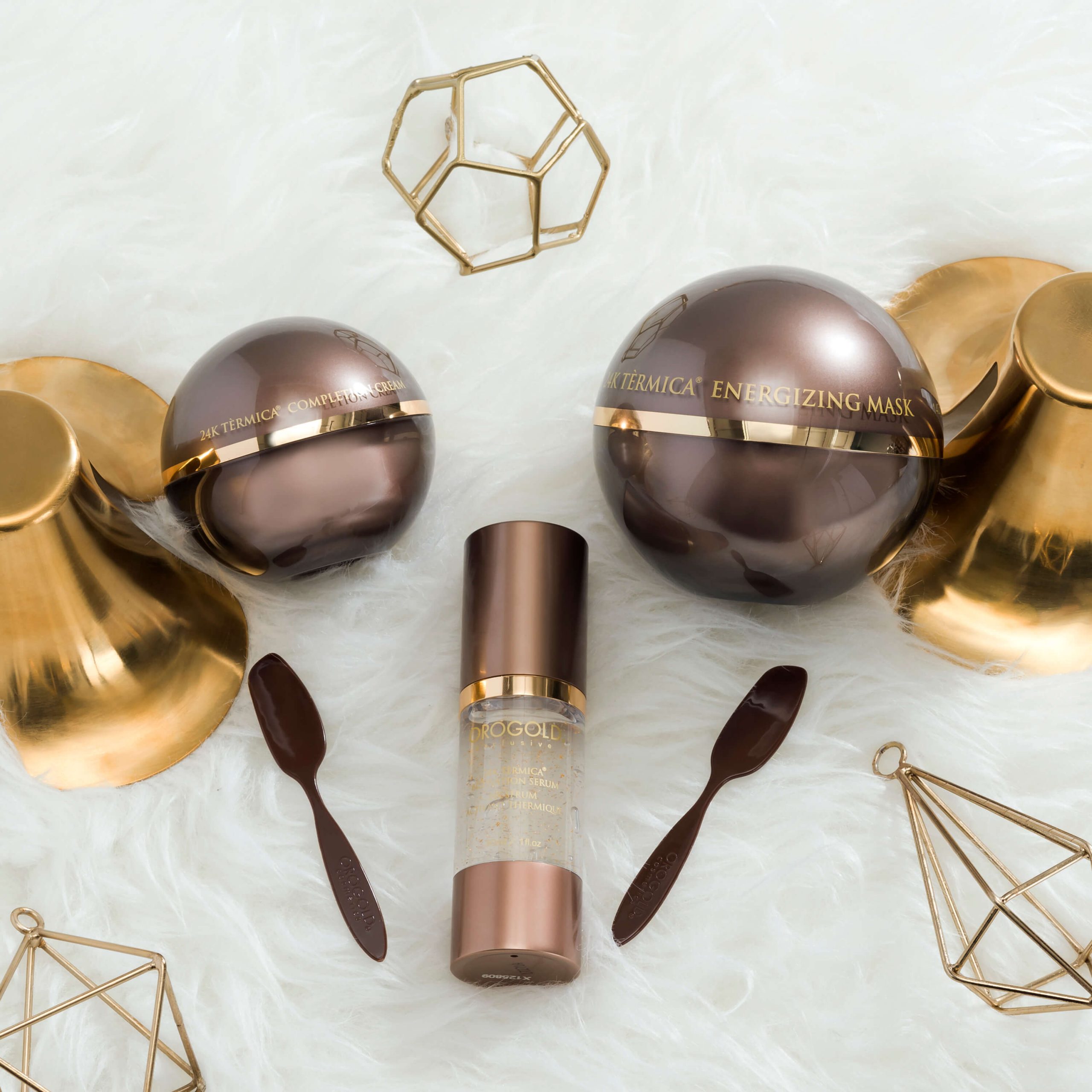
If you’re looking for something fun and innovative, you might enjoy the thermal heating effect of the 24K Tèrmica® Energizing Mask. The heat makes it easier for your skin to absorb all the essential vitamins in this OROGOLD face mask, including vitamins C, E, and A — three of the best vitamins for healthy skin.
Use this rinse-off mask once a month to keep your skin feeling rejuvenated, strengthened, and protected from the harsh elements.
To Boost the Feel of Elasticity and Firmness: 24K Advanced Facial Mask
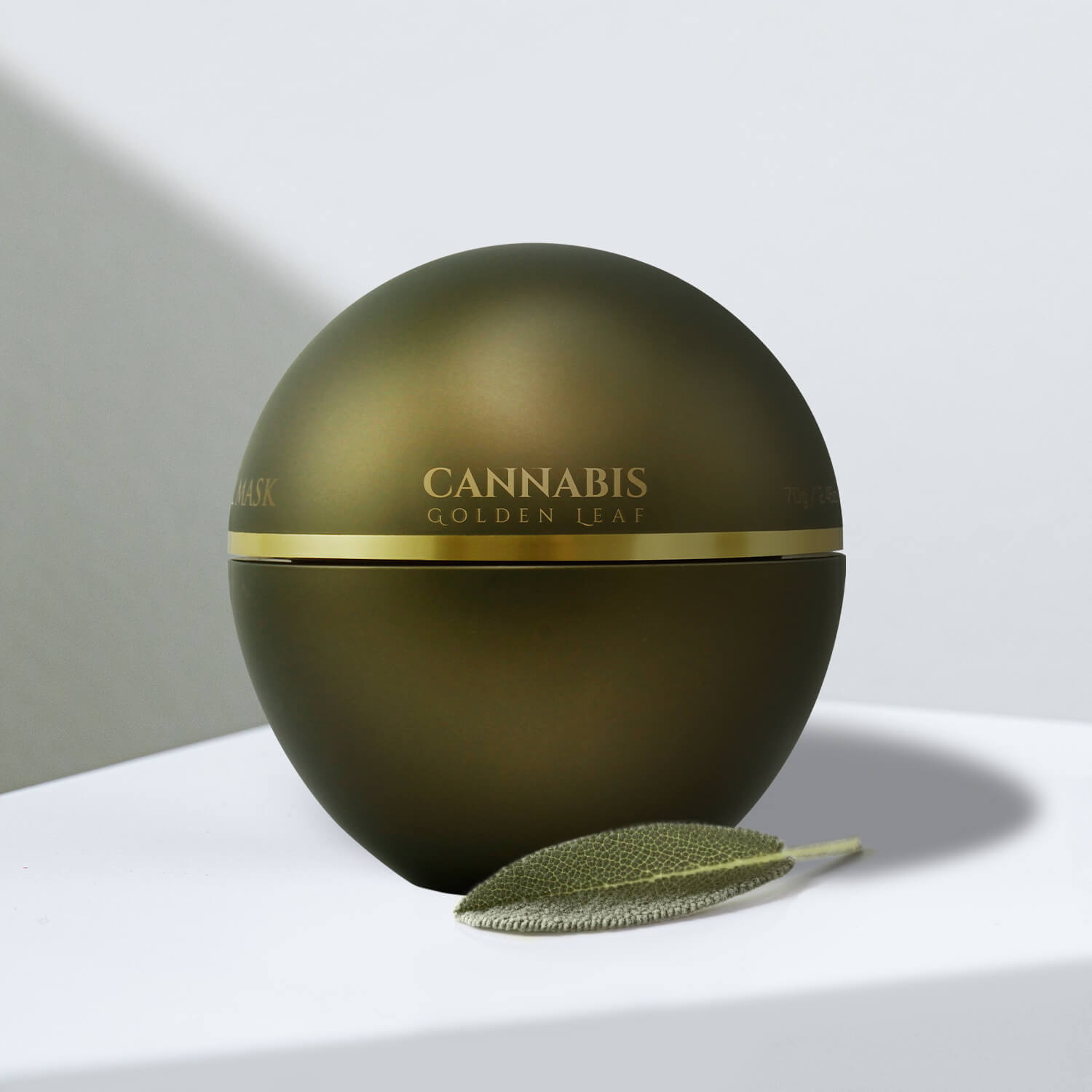
Worried about your skin looking saggy and loose as you get older? Counter this with the 24K Advanced Facial Mask. This creamy mask is infused with cannabis and gold to smoothen the feel of your skin, keeping your complexion looking tight and firm for longer.
This OROGOLD face mask is infused with cannabis sativa in the form of hemp seed oil, which is known to reduce visible signs of skin aging, like the appearance of wrinkles.
Applying this mask is super easy. Just massage it into your cleansed face and allow it to rest for about 10 minutes. Rinse off and enjoy your soft, smooth skin.
To Soothe the Feeling of Tired, Irritated Skin: 24K Deep Tissue Rejuvenation Mask
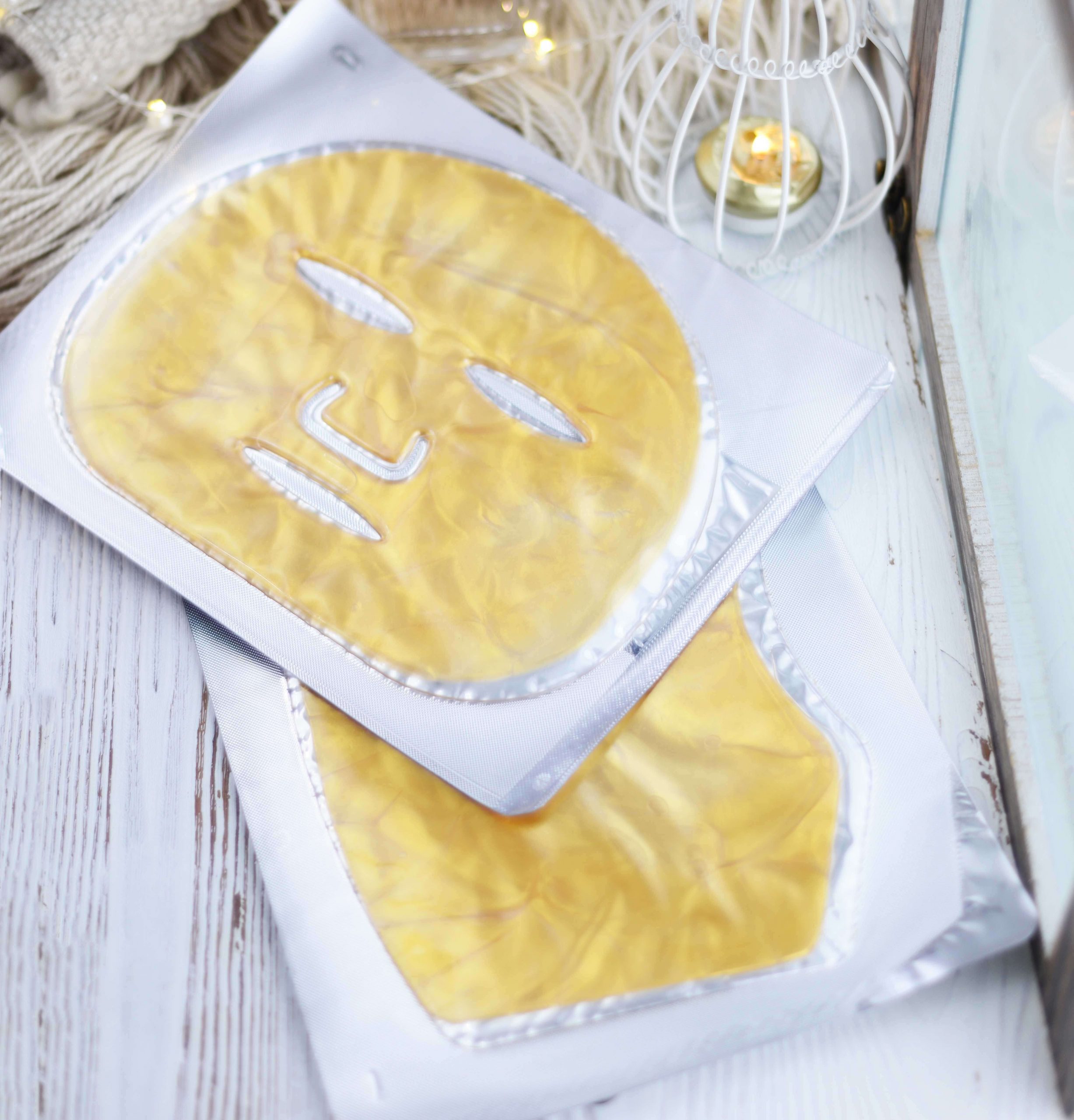
Here’s an OROGOLD face mask that comes in a unique hydrophilic gel sheet format — the 24K Deep Tissue Rejuvenation Mask & Collagen Renewal Mask. It’s infused with lavender and collagen to soothe the feel of inflamed or irritated skin, leaving behind a texture that looks smooth and soft.
One box of this OROGOLD face mask set gives you 12 eye masks and 14 face sheet masks. So if you use a mask once a month, you’ll have more than enough for an entire year.
When wearing these single-use sheet masks, make sure to leave them on for at least 15 minutes before taking them off. That way, you can maximize the serum and make sure all of the nutrients seep into your skin.
To Revitalize the Appearance of Dull, Dehydrated Skin: 24K Rose Hold Hydro Mask
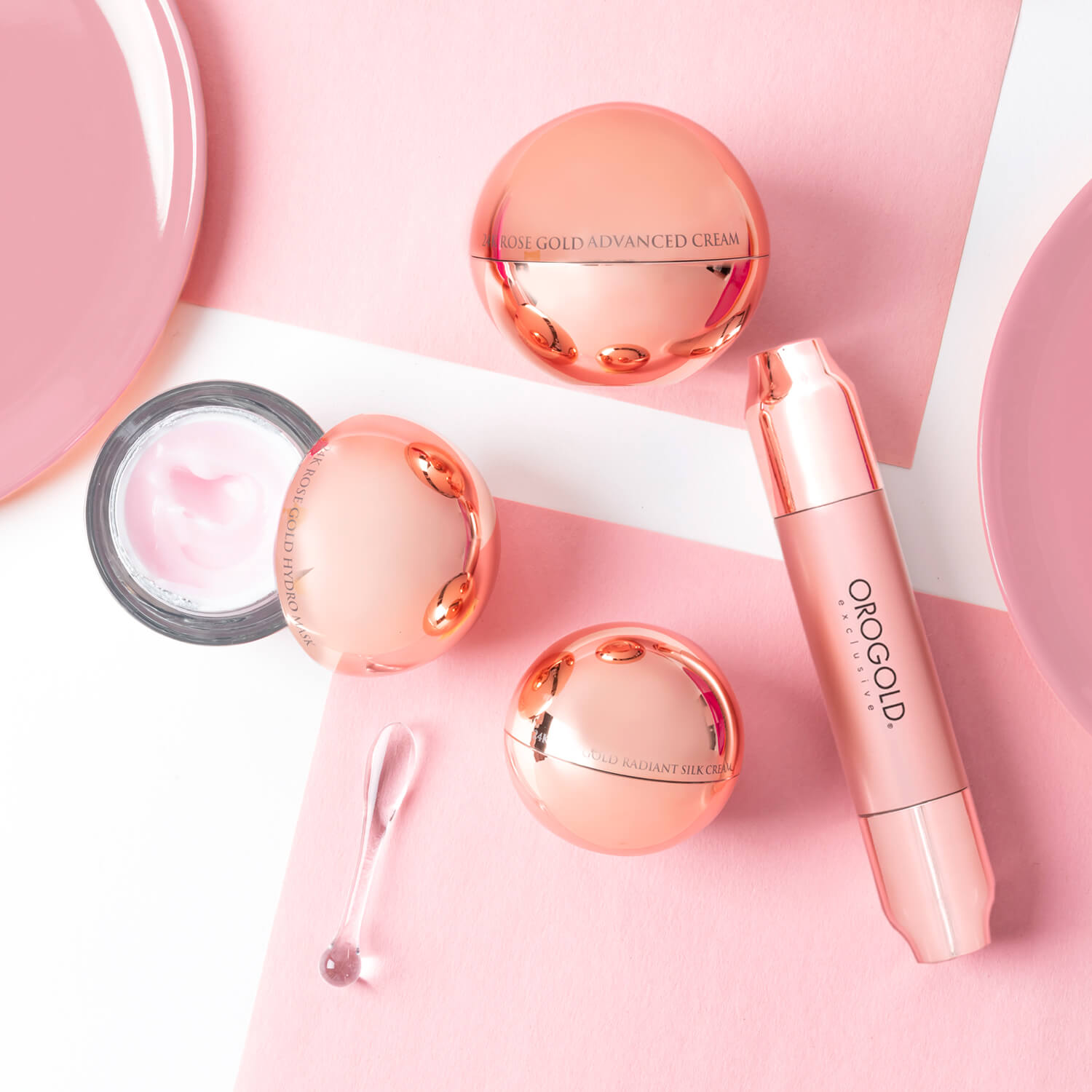
Lastly, we have the 24K Rose Gold Hydro Mask, a rosehip-infused mask that wakes up exhausted and dehydrated skin for beautiful radiance. It’s formulated with hydrating ingredients, as well as 24K gold, for a lavish masking experience.
This face mask can double as a night cream since you don’t have to wash it off. Swap it for your moisturizer once a week to get extra moisture for your parched, weary skin.
Why Are Facial Masks So Important for Your Skin?
Even if you religiously slather on your moisturizers and serums every day, sometimes your skin will crave more hydration and rejuvenation. Face masks are the perfect way to give your skin a little more than what your basic everyday routine does.
Sure, face masks aren’t always necessary. You can even get away with using them just once a month. It’s more of a supplementary skincare step you can look forward to when you want to give yourself a little extra self-love. It’s your weekend treat — an indulgence you don’t always need, but your skin will drink up anyway.
Face masks are excellent at hydrating your skin, making it look and feel smooth and silky-soft to the touch.
But face masks aren’t just functional skincare products. They have an amazing emotional benefit too. They’re super therapeutic, especially when they have gorgeous aromas from essential oils and botanical extracts. They’re a great way to wind down and cap off a long, tiring week.
Conclusion
Because there are a plethora of gold-infused OROGOLD face mask options to choose from, it can be overwhelming to select the one that will suit your skin best. So, use this rundown as a guide when shopping for your next spa-like masking treatment.
Whatever your skin is going through, there’s always an OROGOLD face mask to pose as a solution. Not only will the masks above target your most pressing skin concerns, but they’ll also let you sit back, relax, and pamper your skin with a luxury treatment at home.




 A.U.
A.U. B.R.
B.R. C.A.
C.A. E.S.
E.S. H.K.
H.K. M.X.
M.X. N.L.
N.L. P.R.
P.R. S.G.
S.G. T.W.
T.W. U.K.
U.K. S.A.
S.A.
